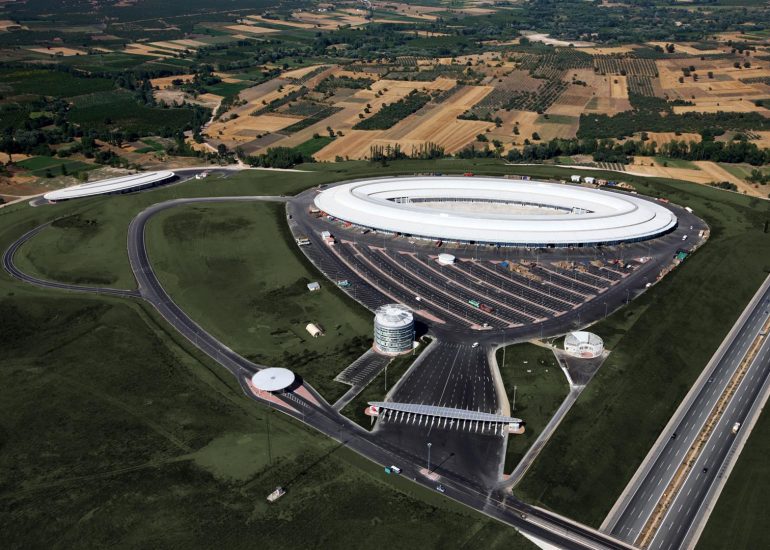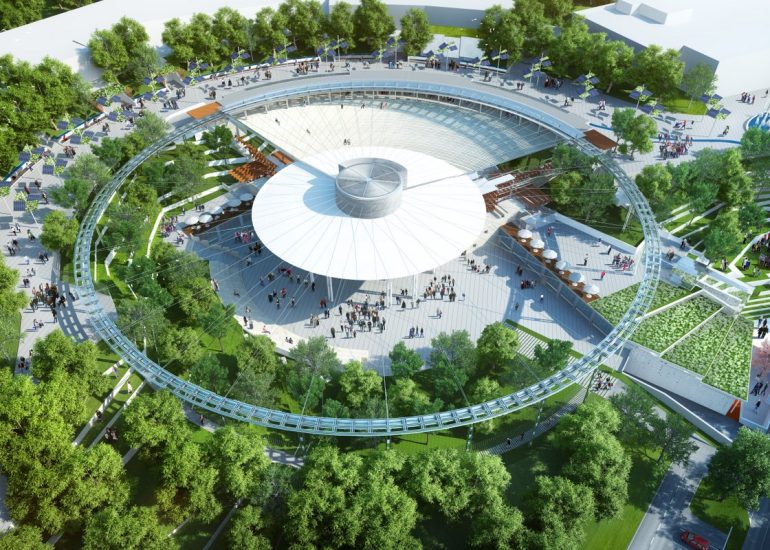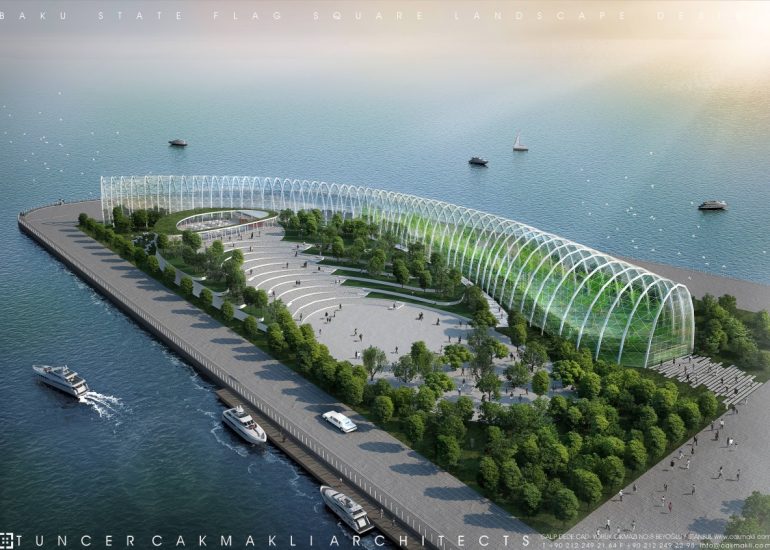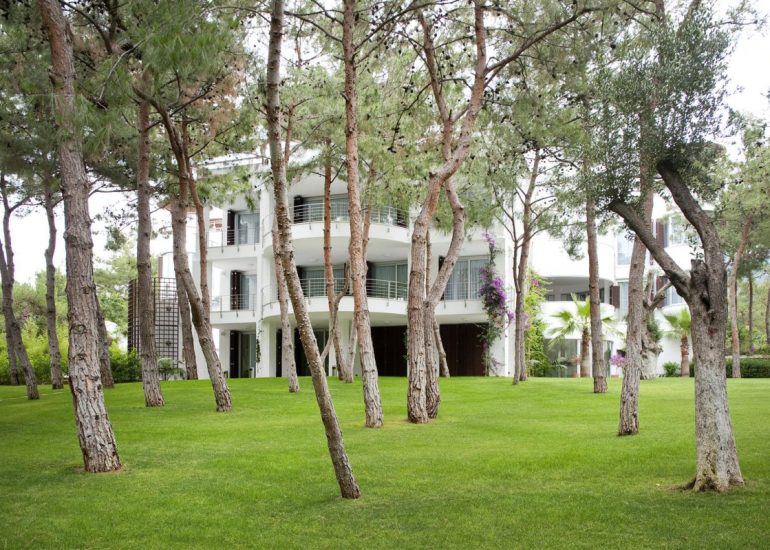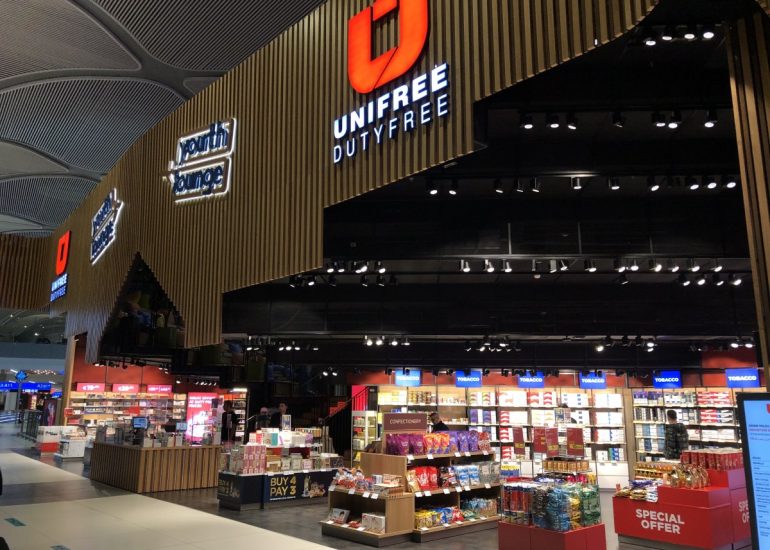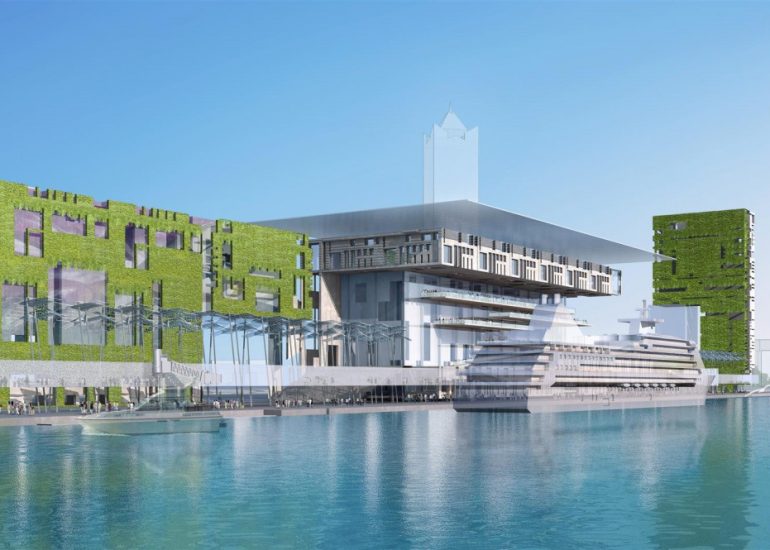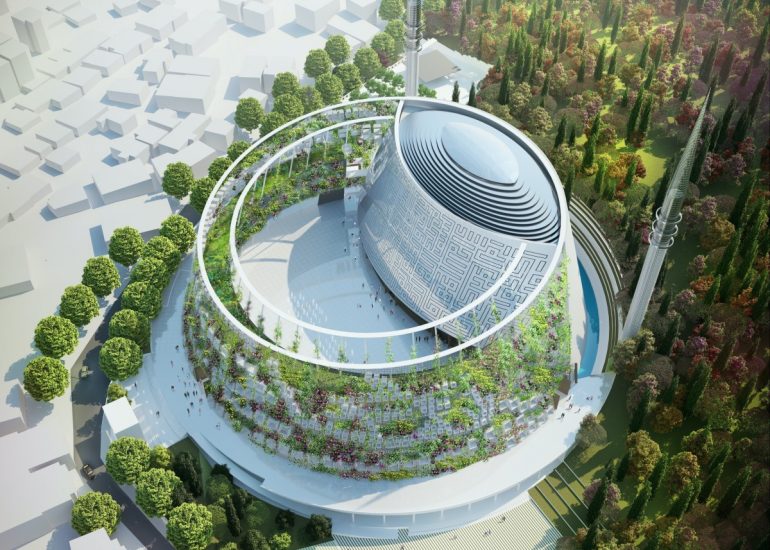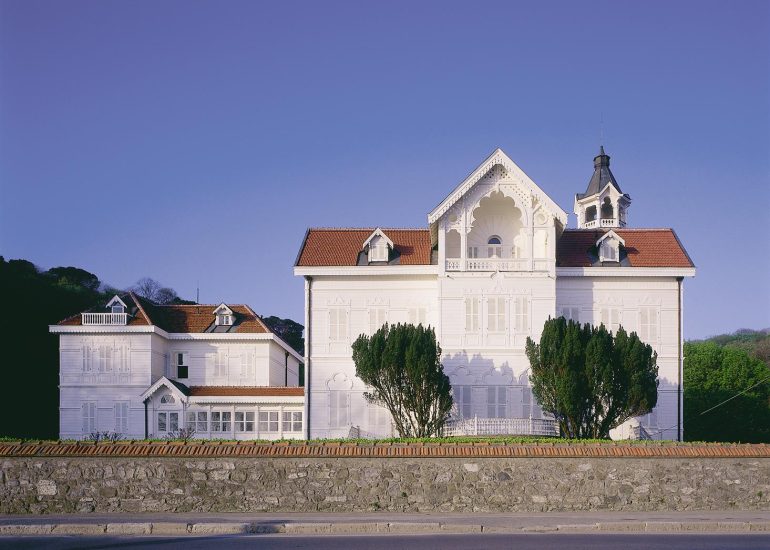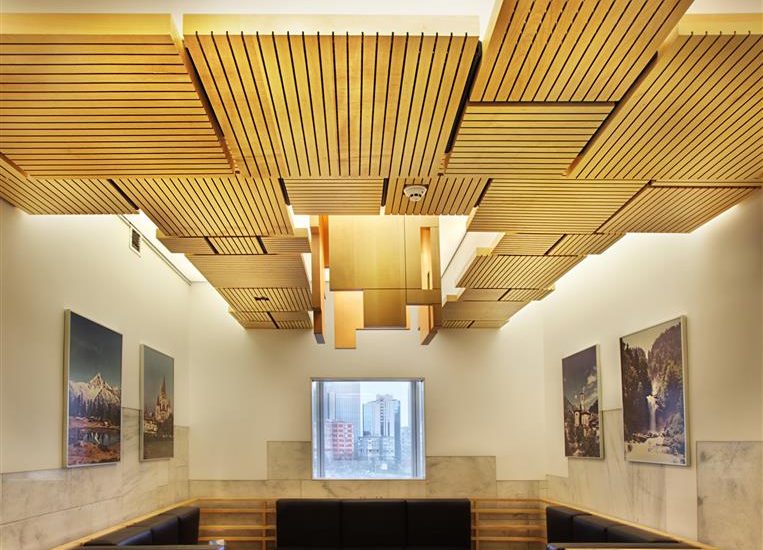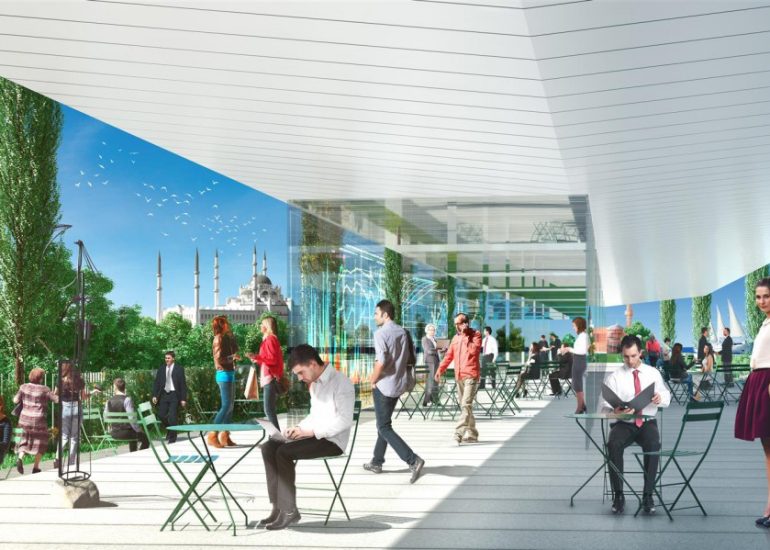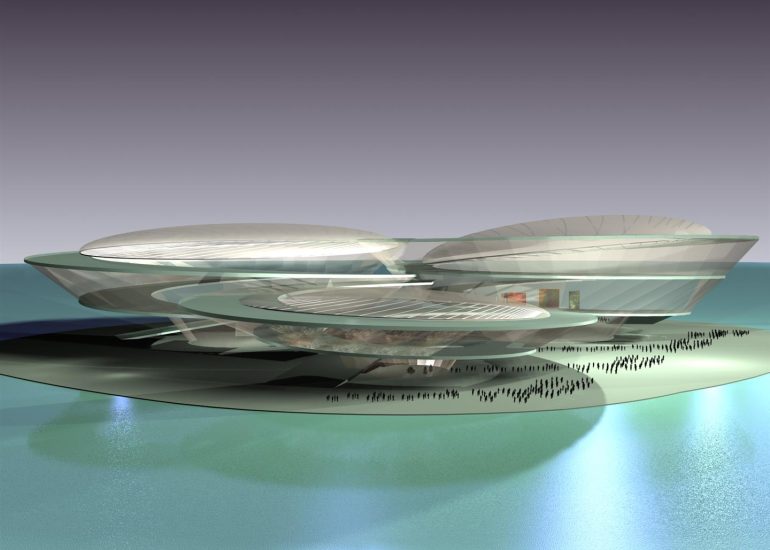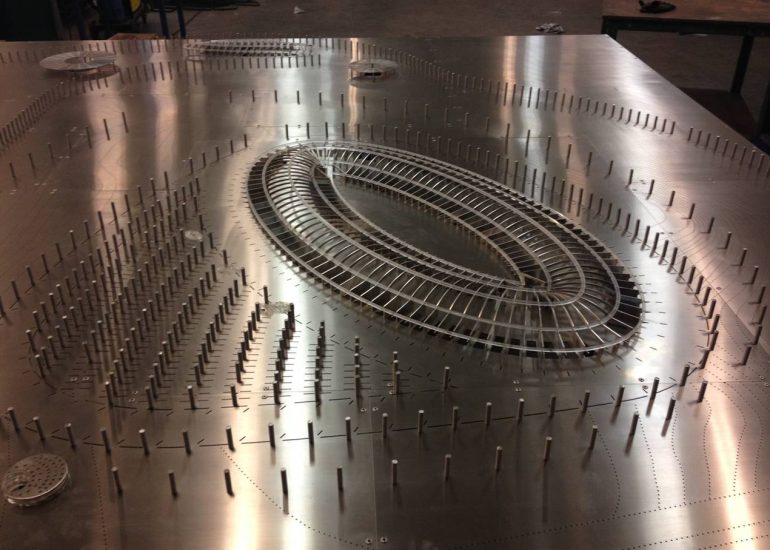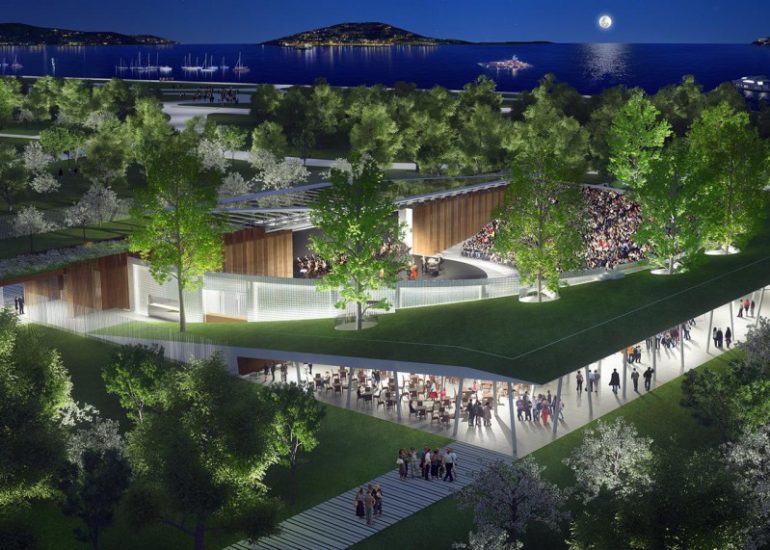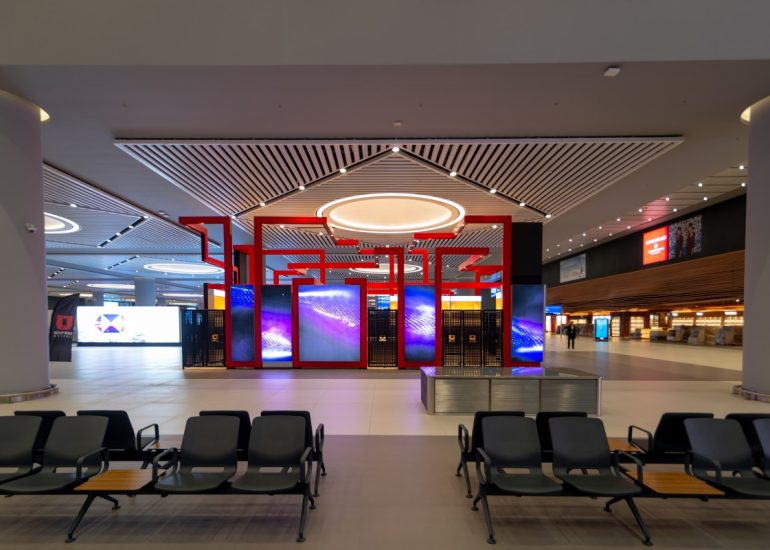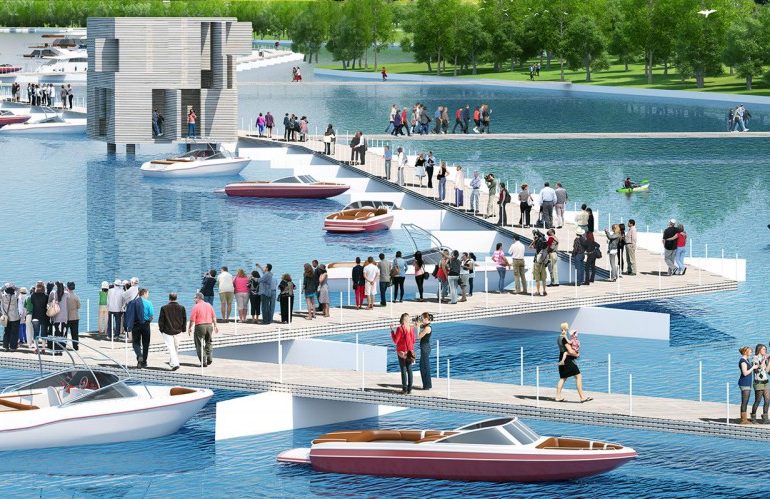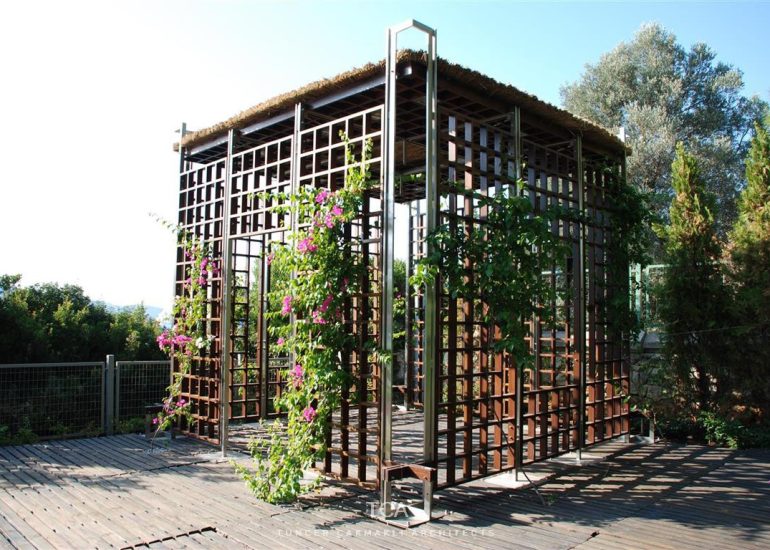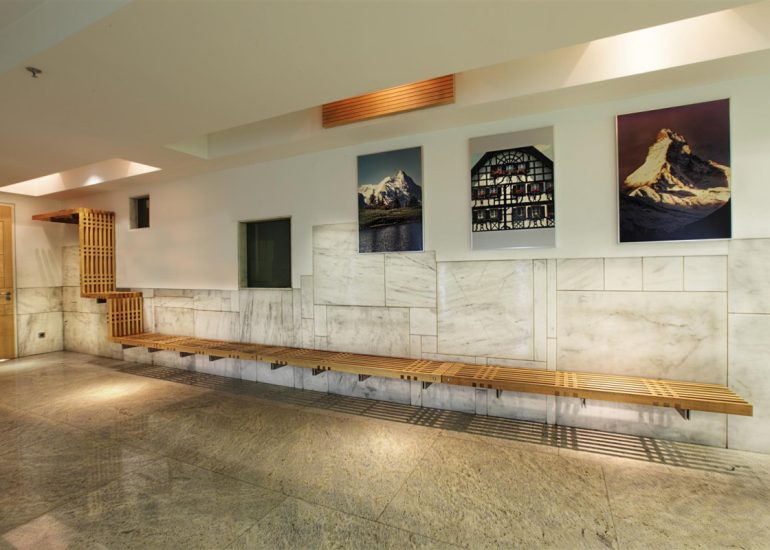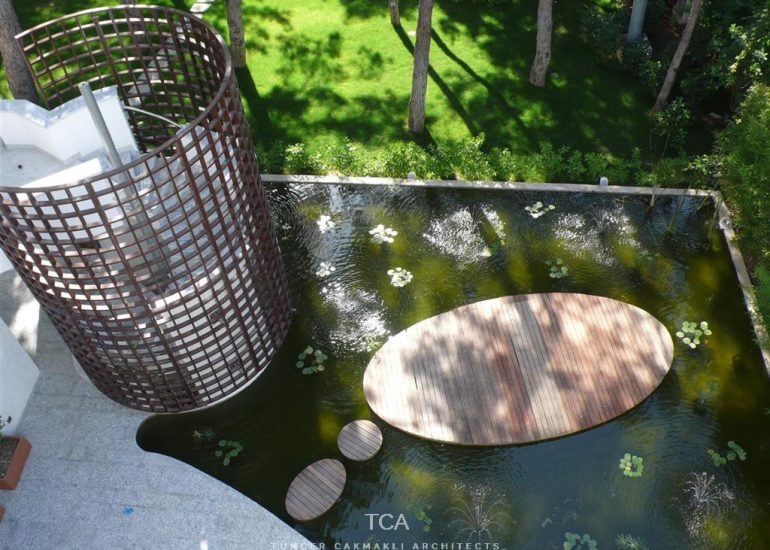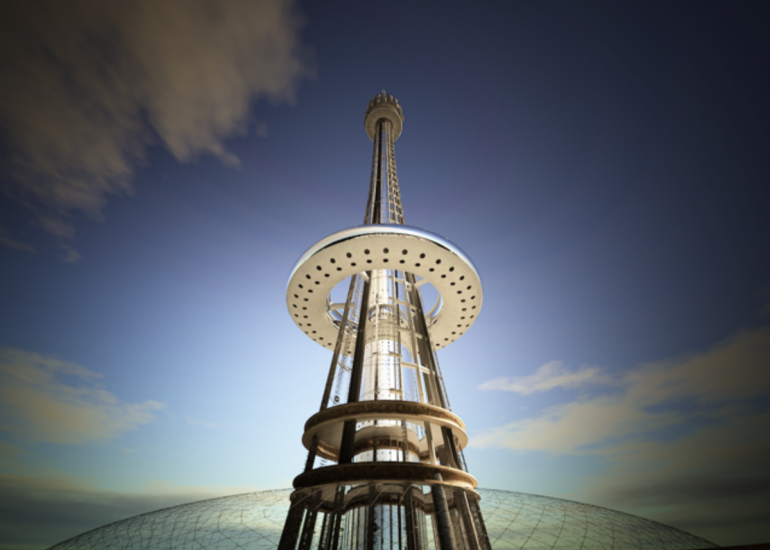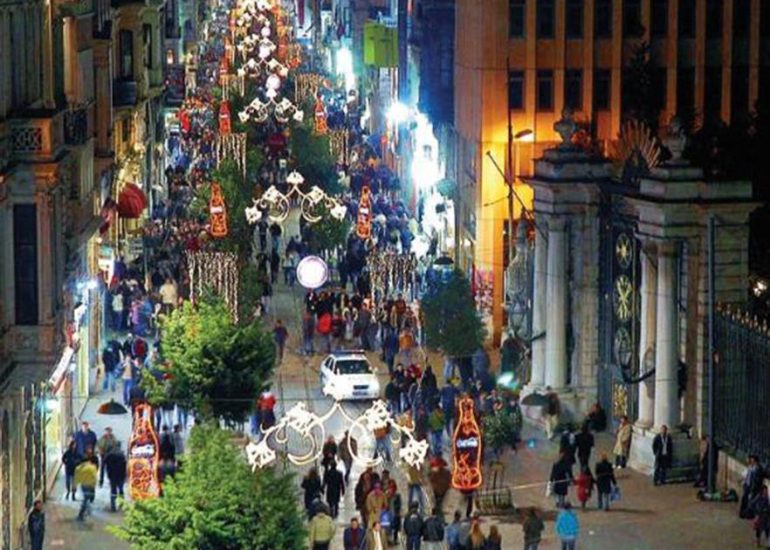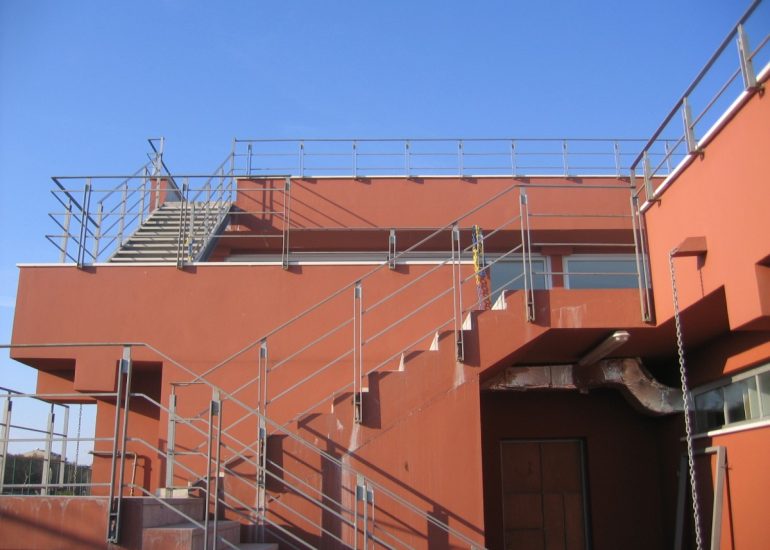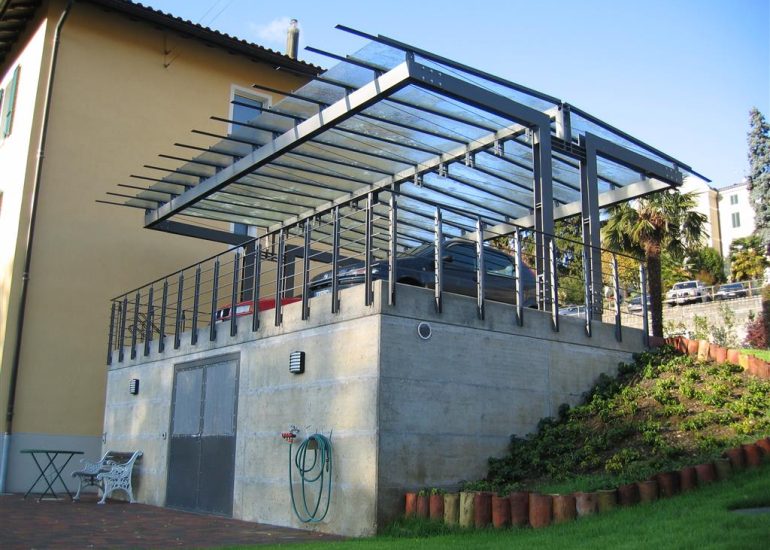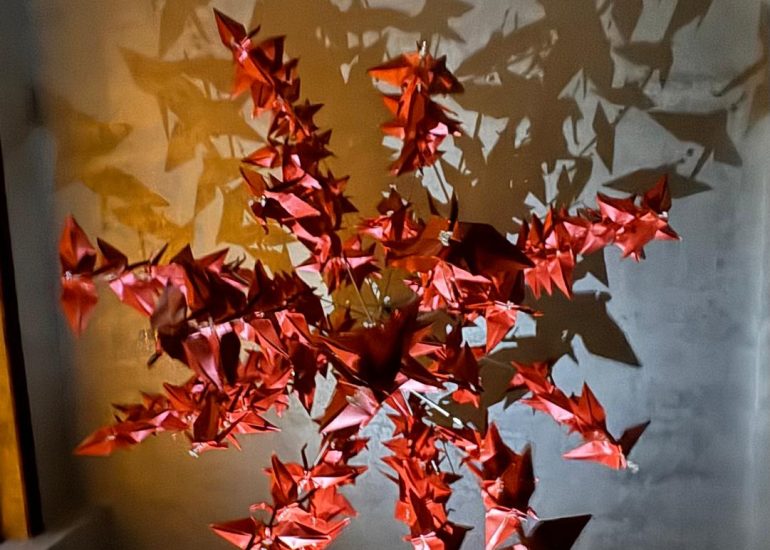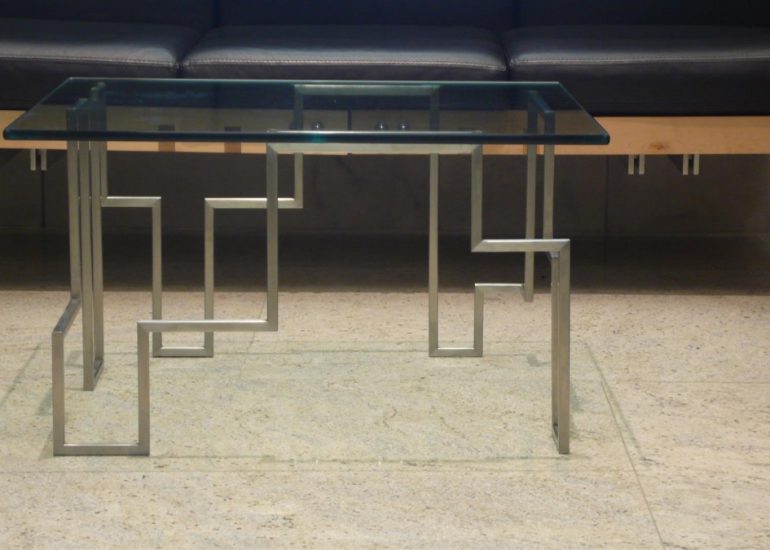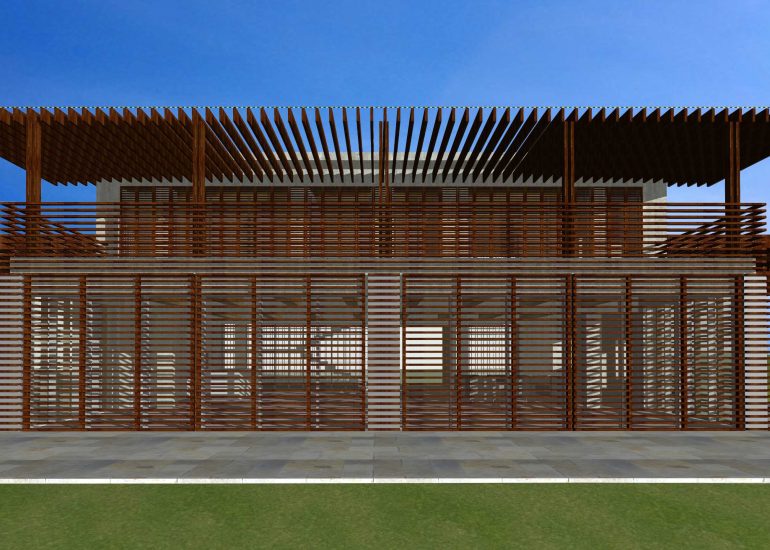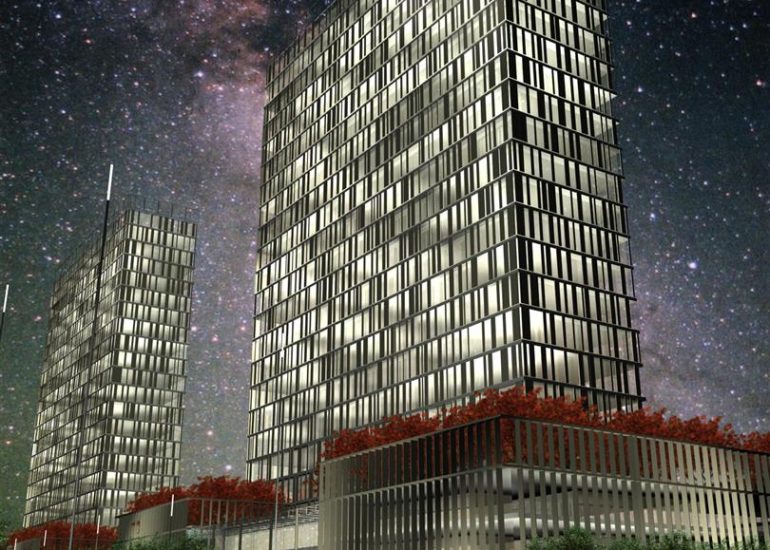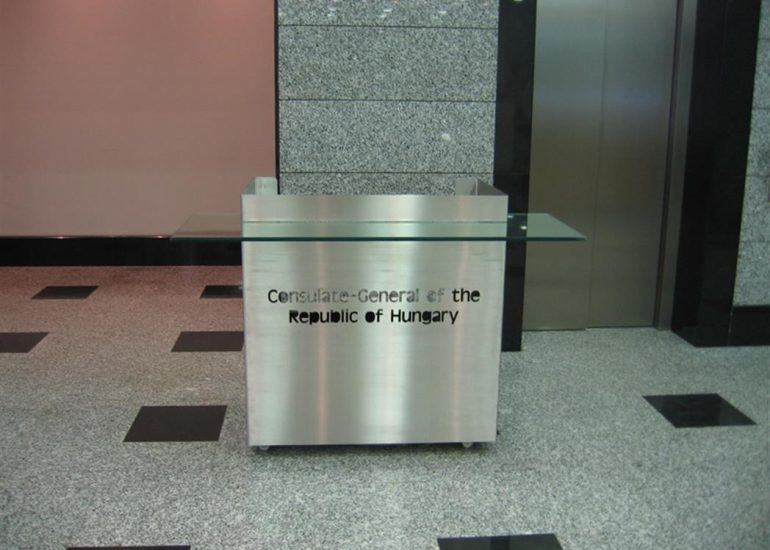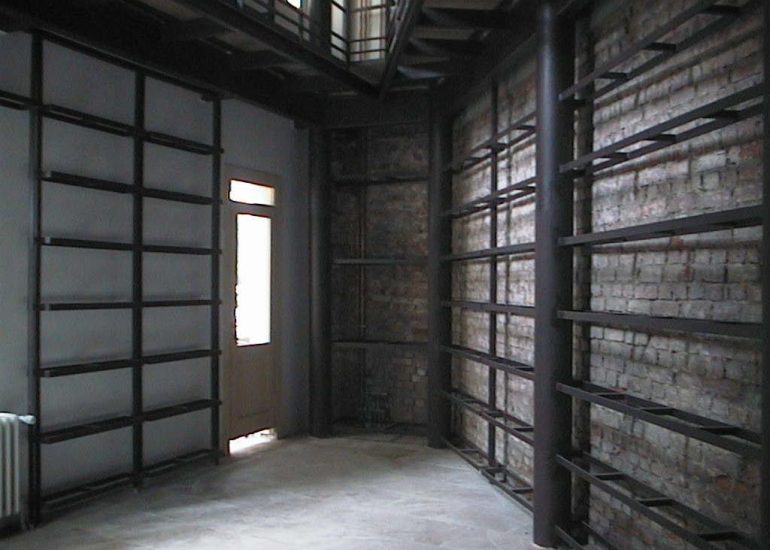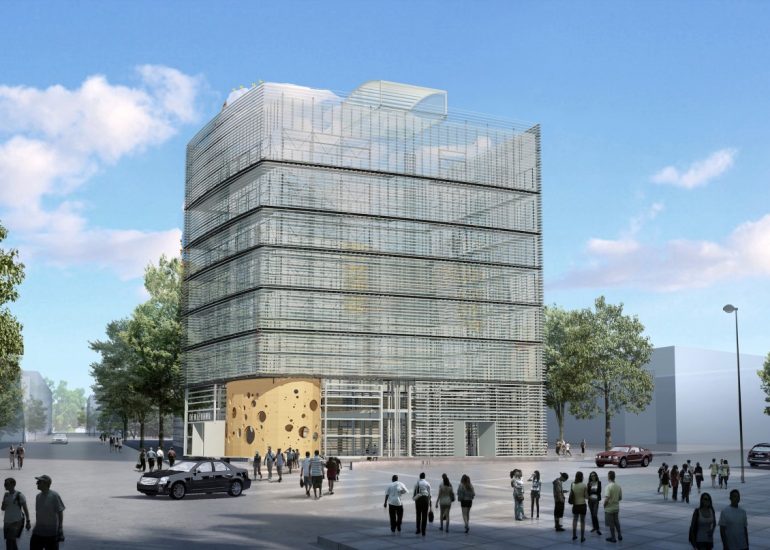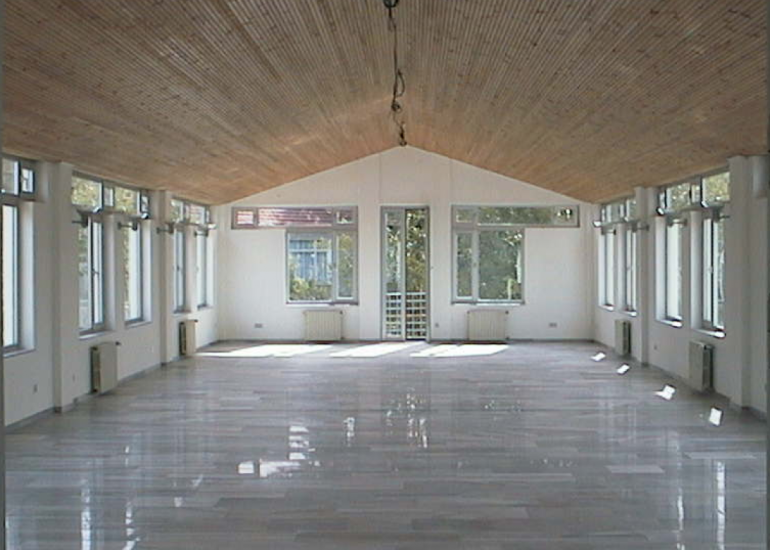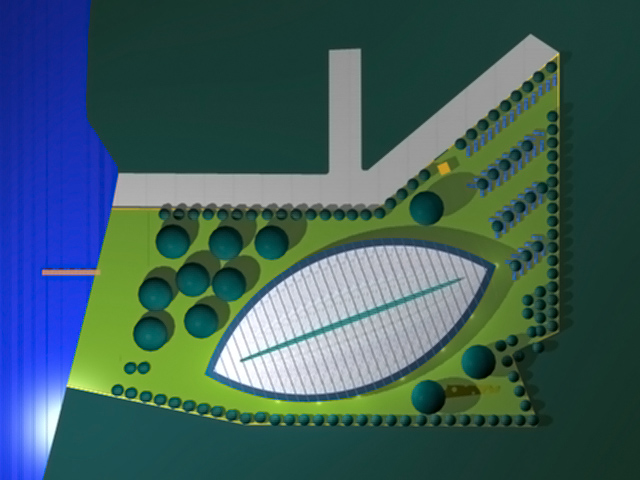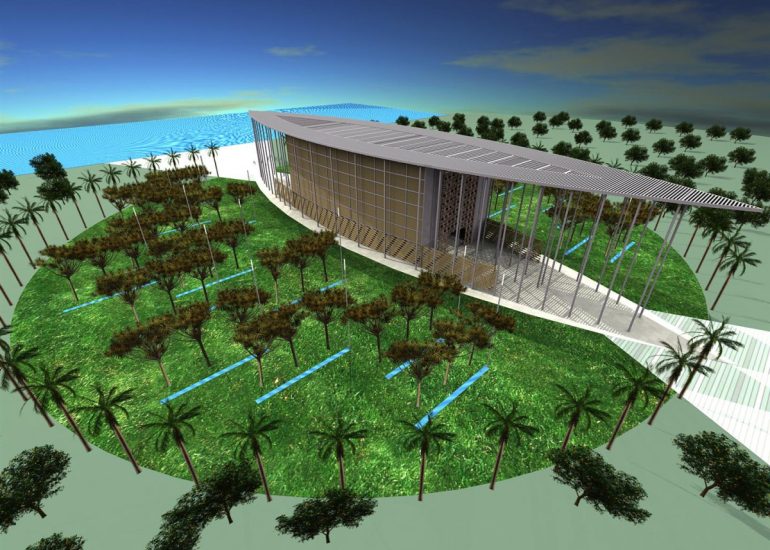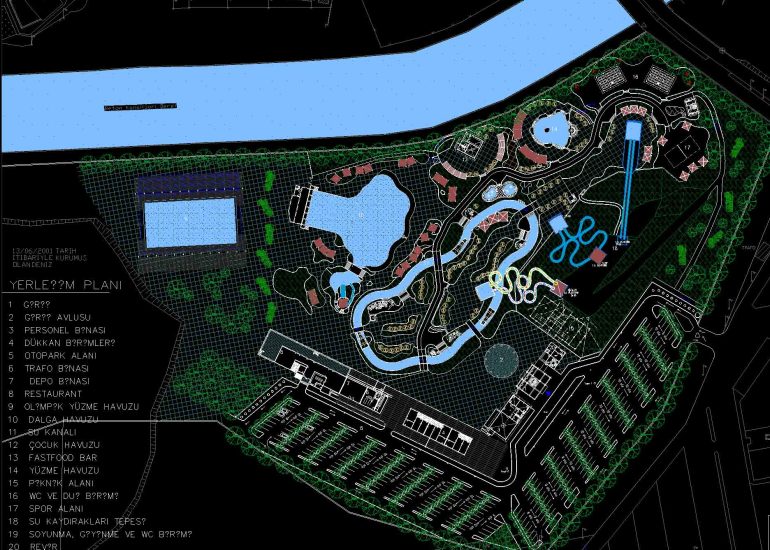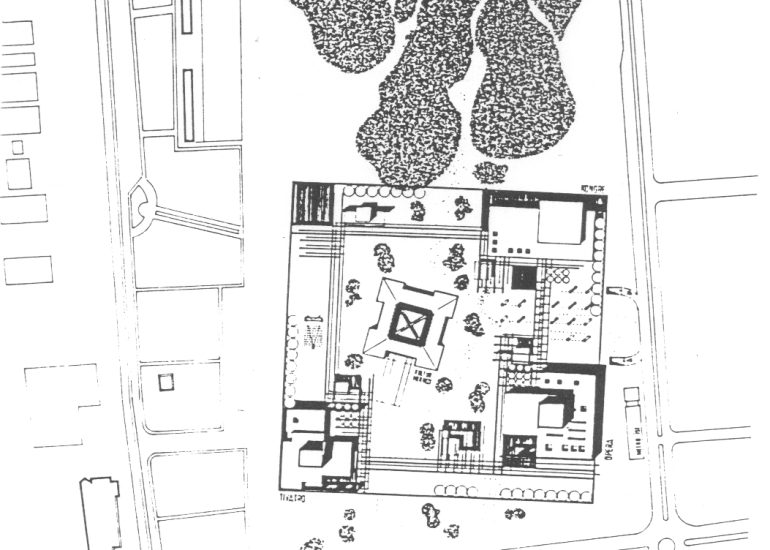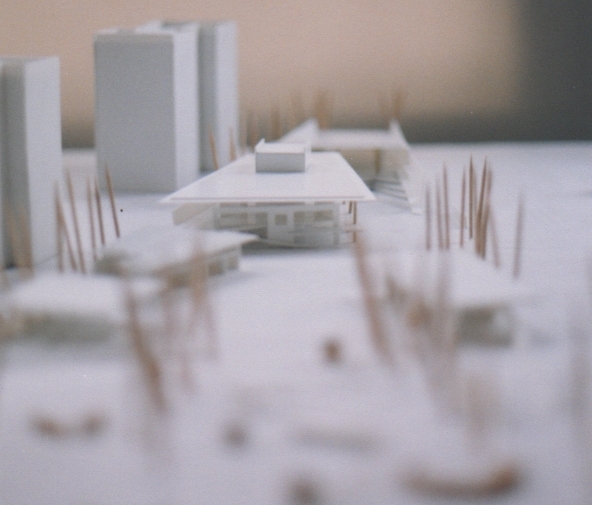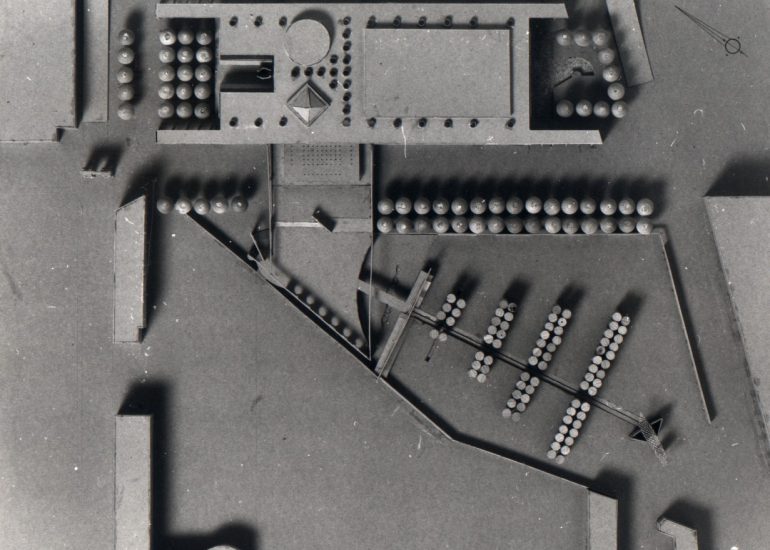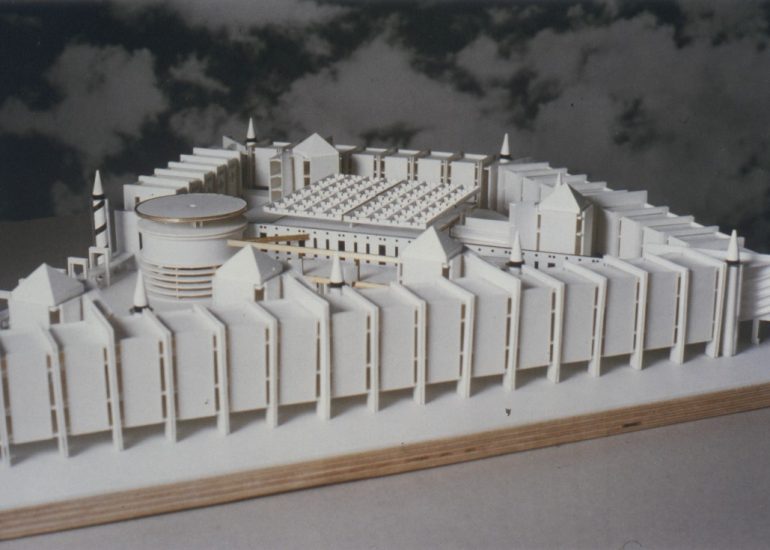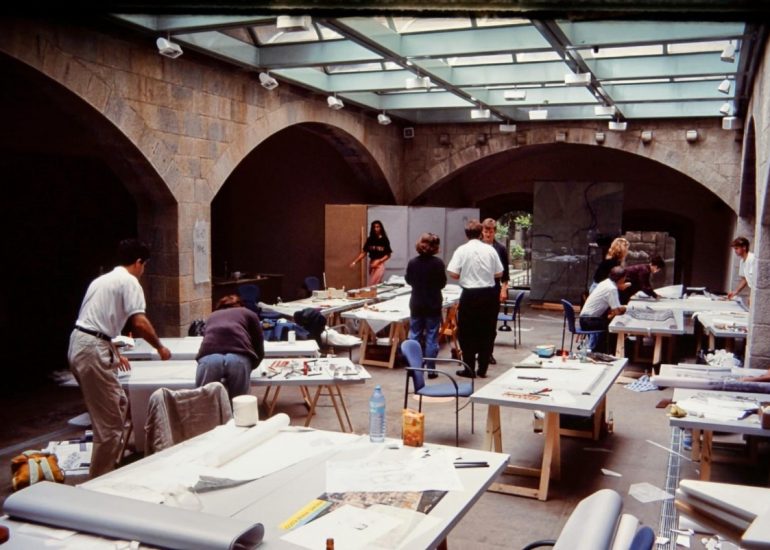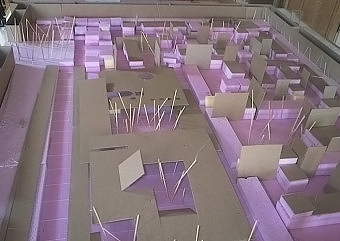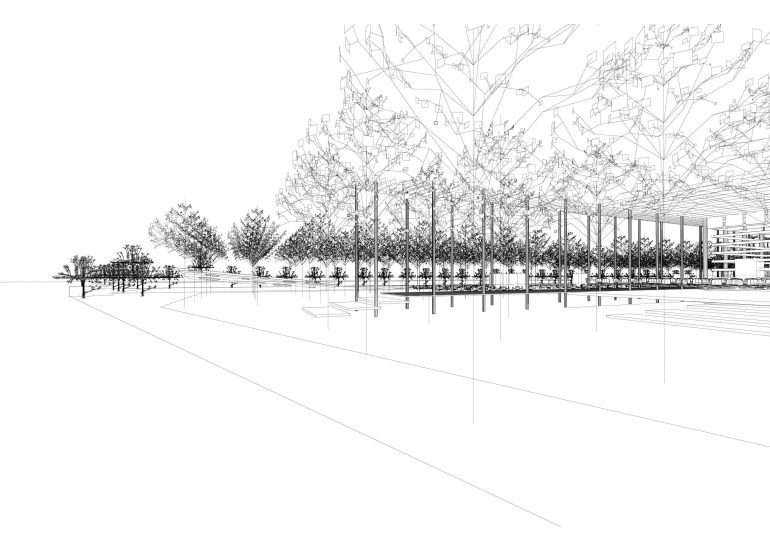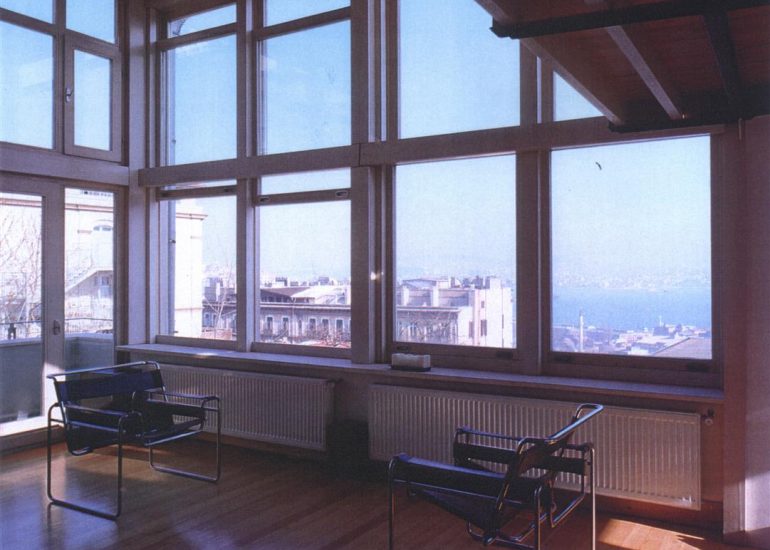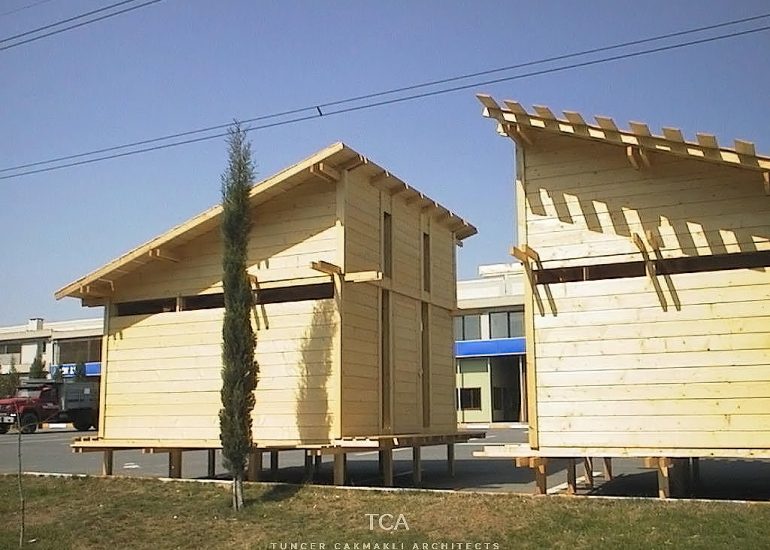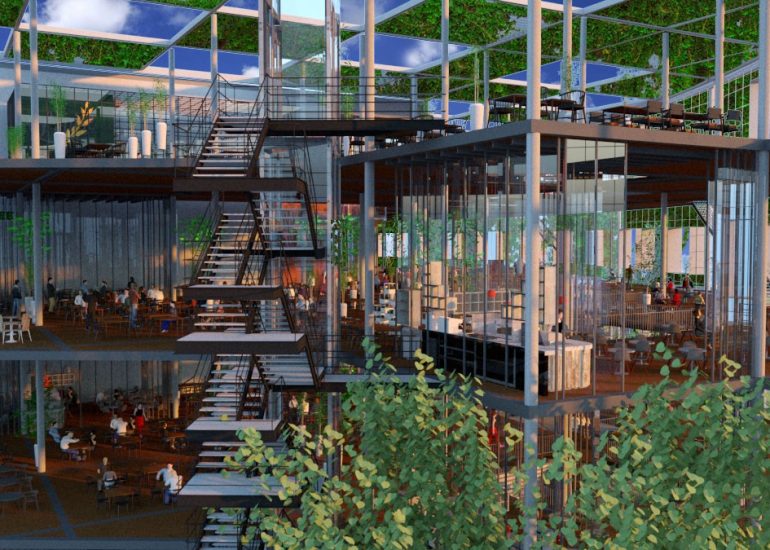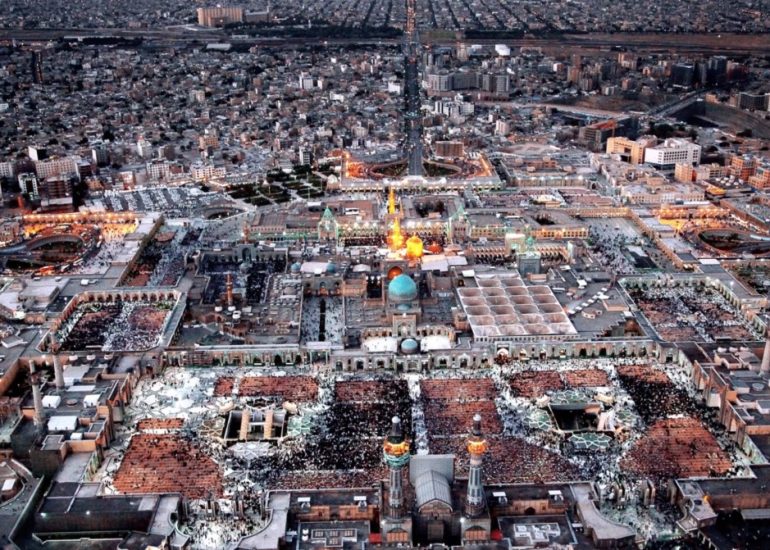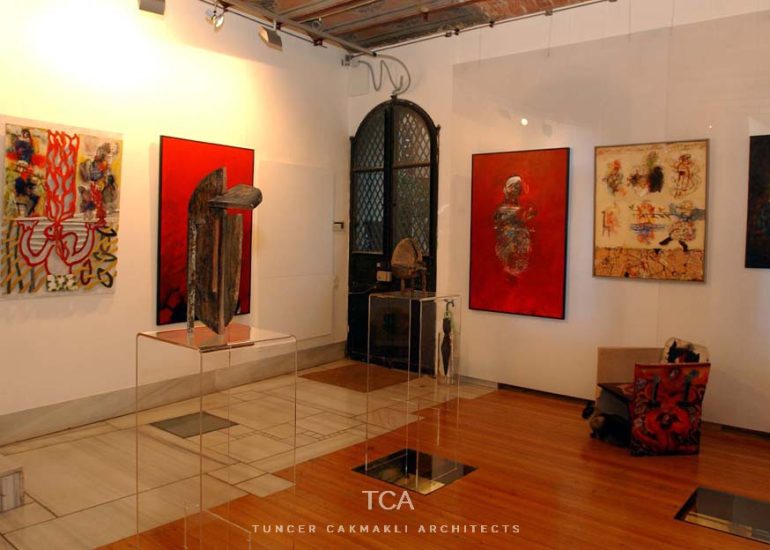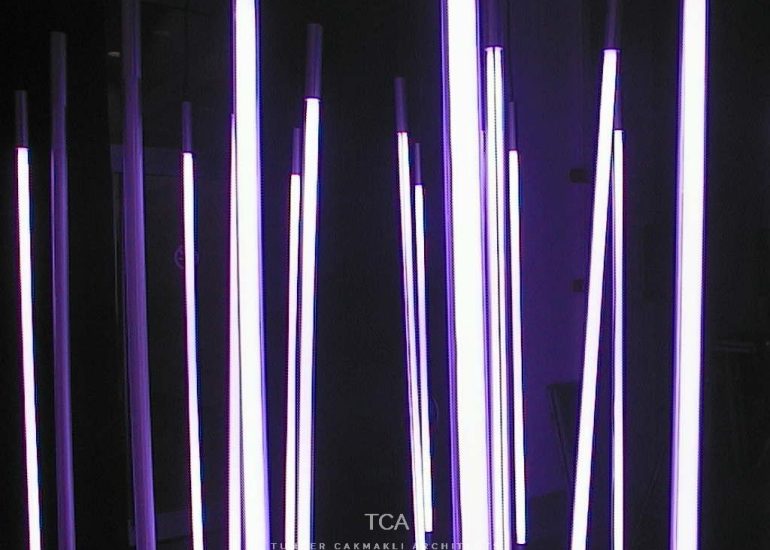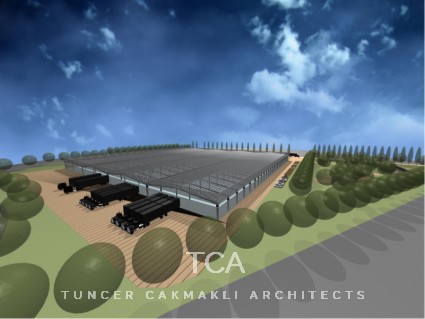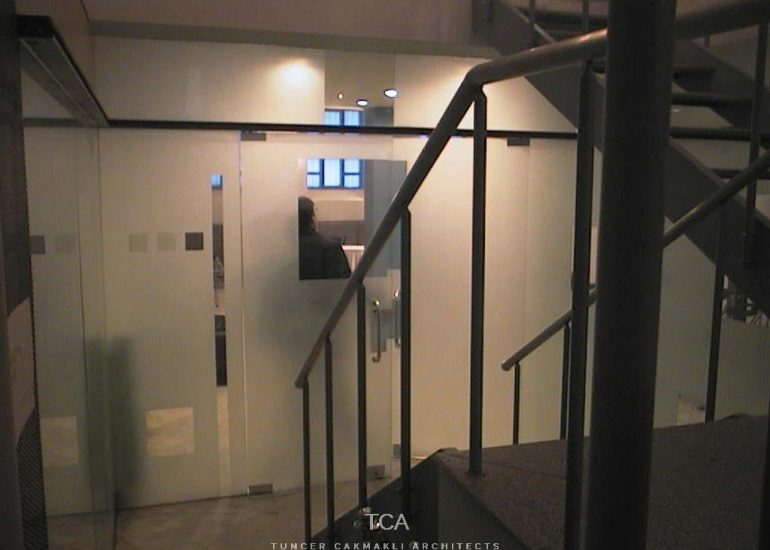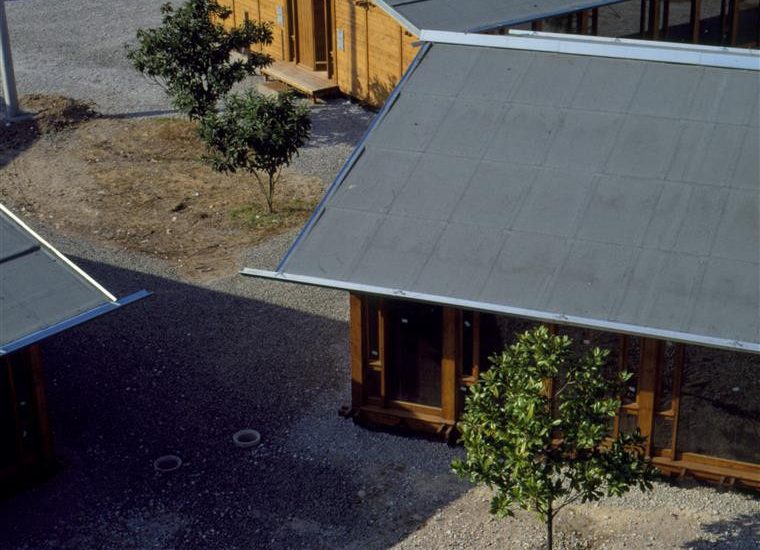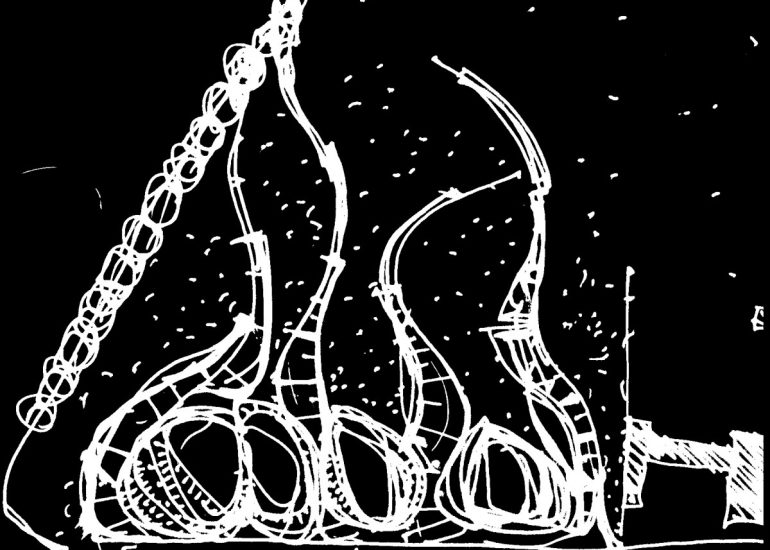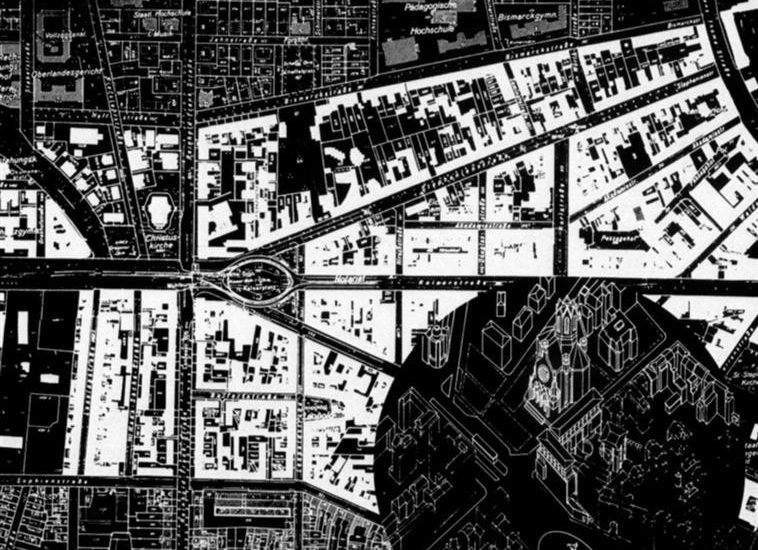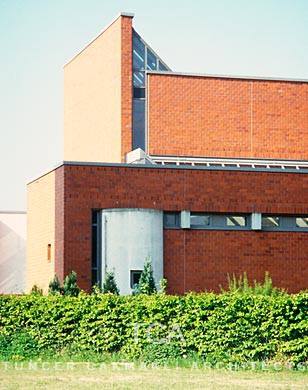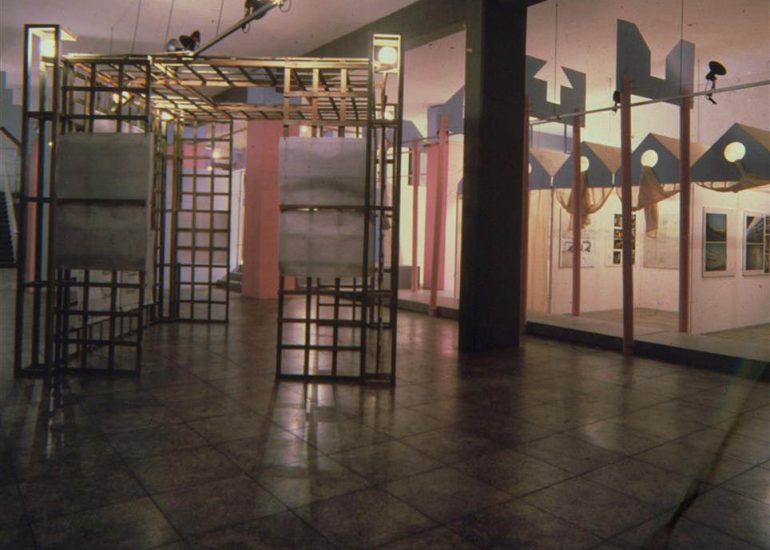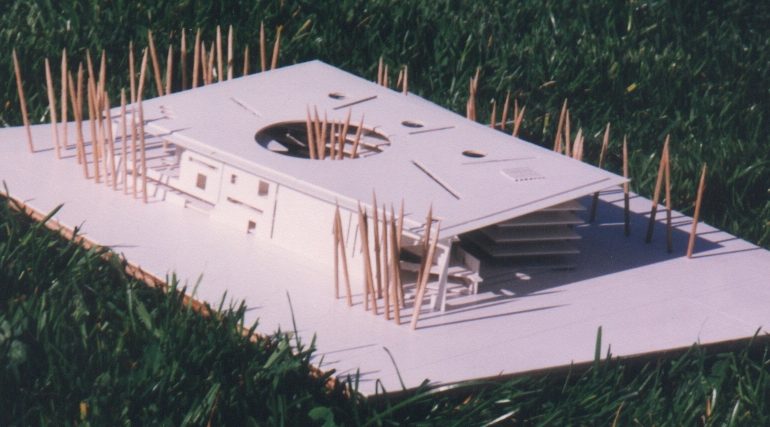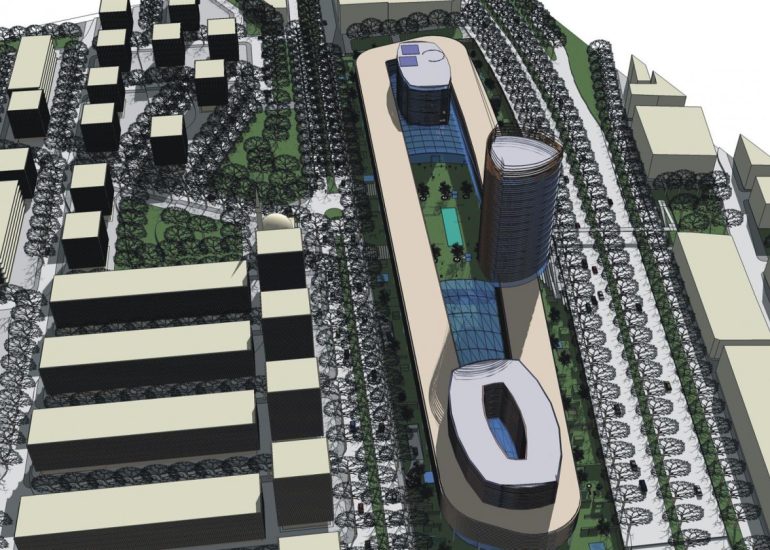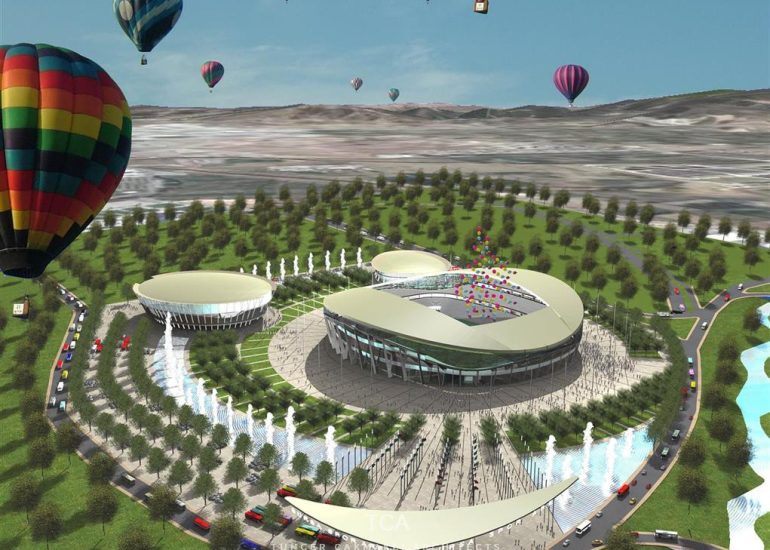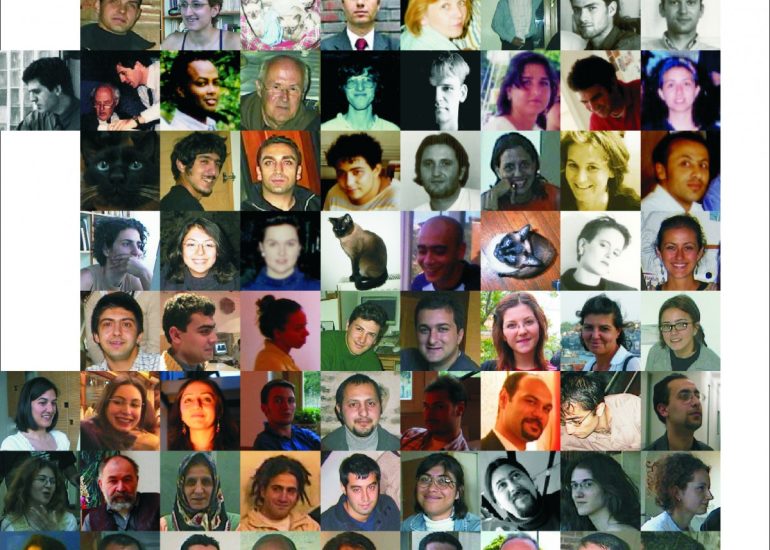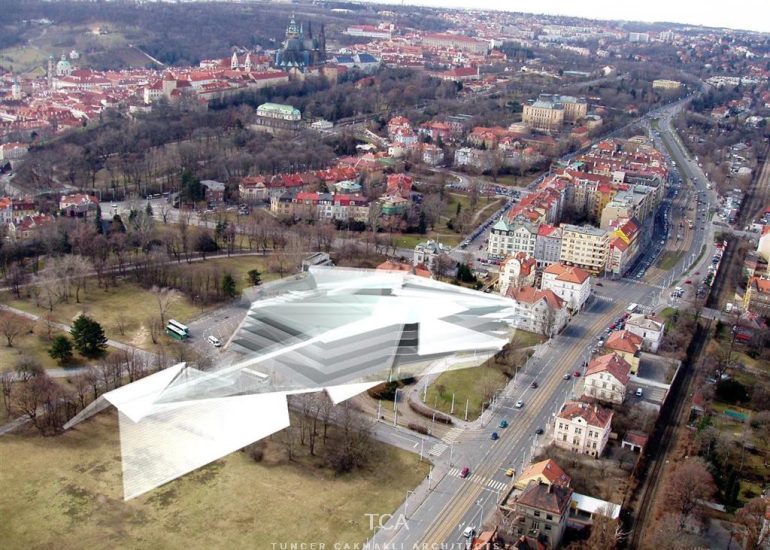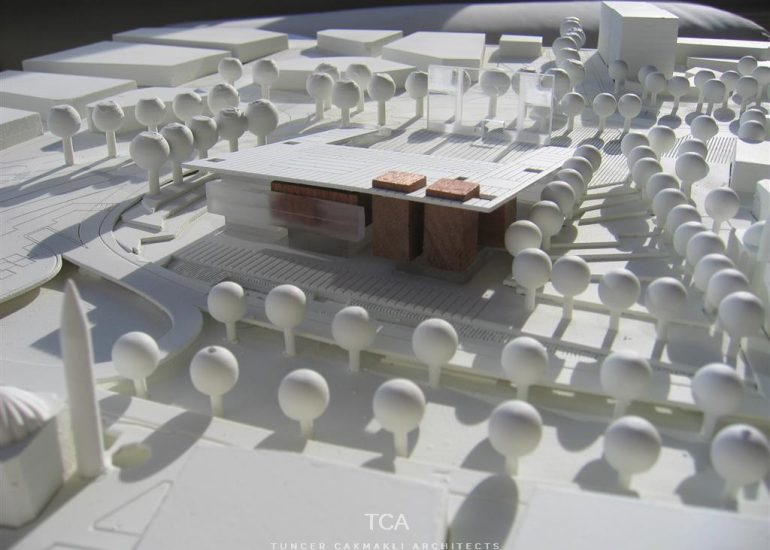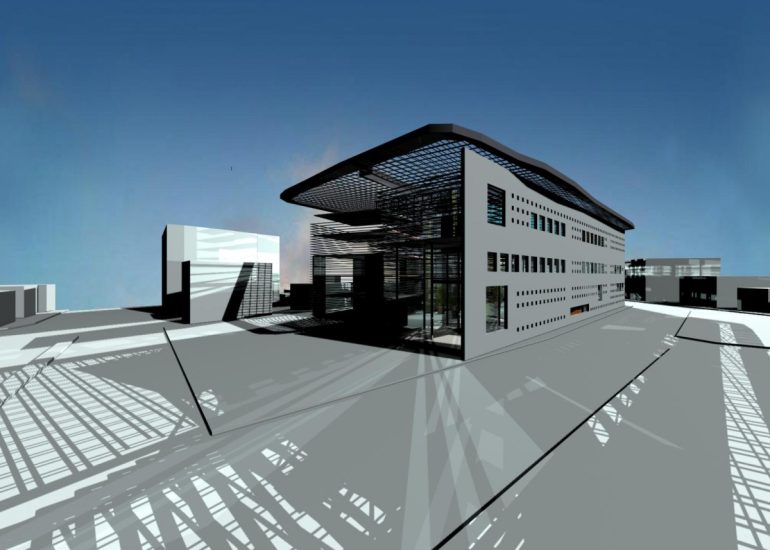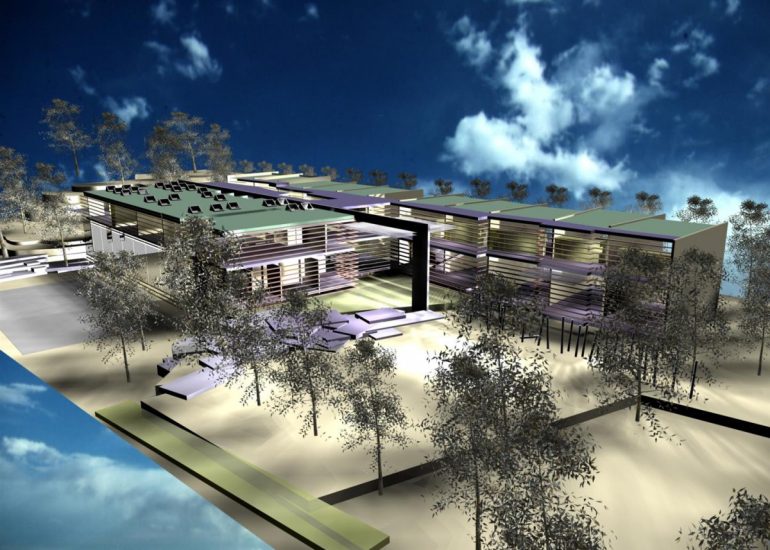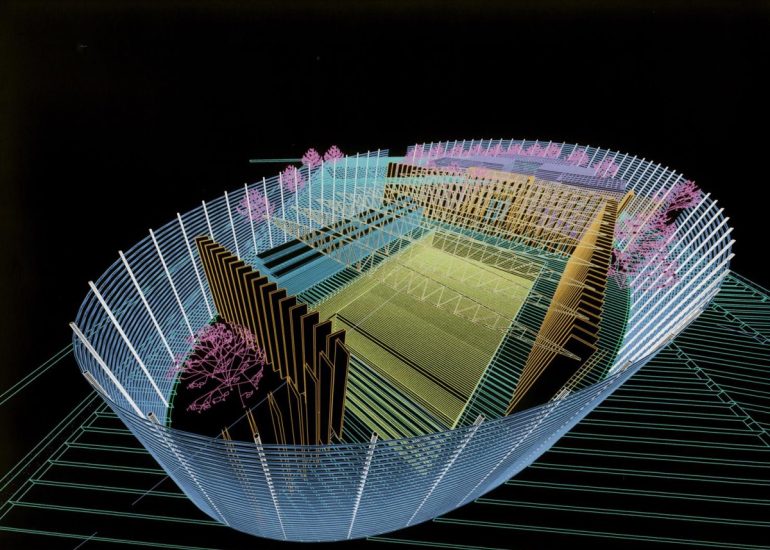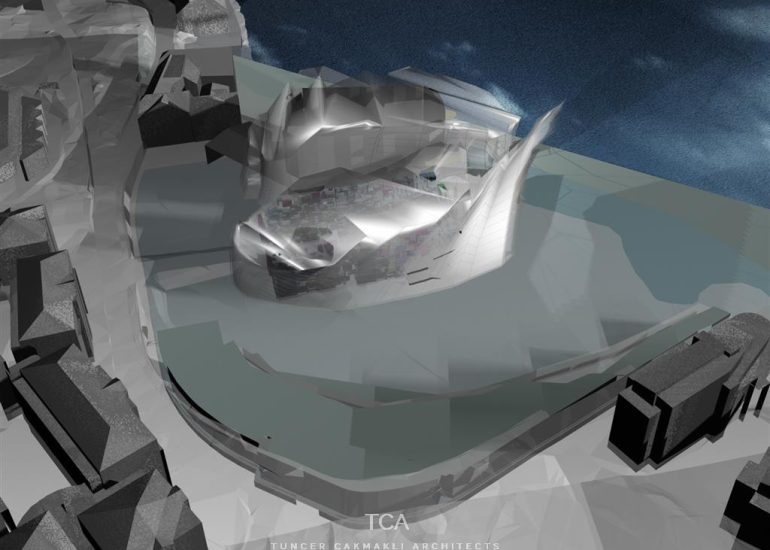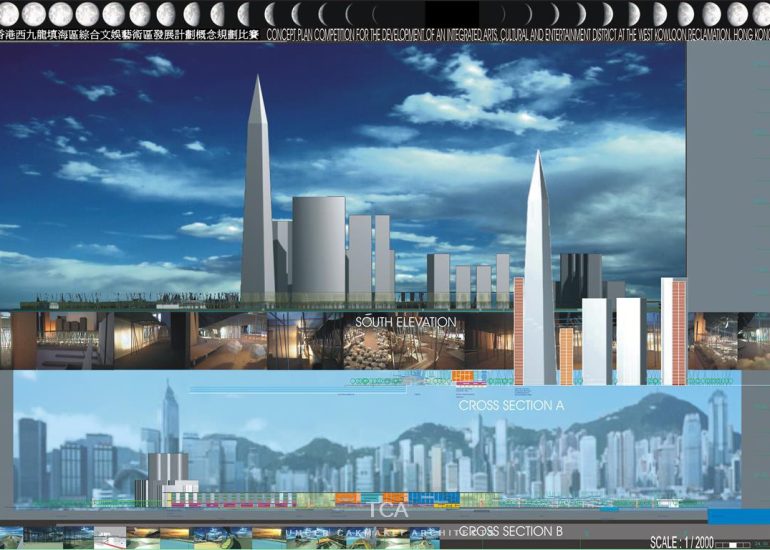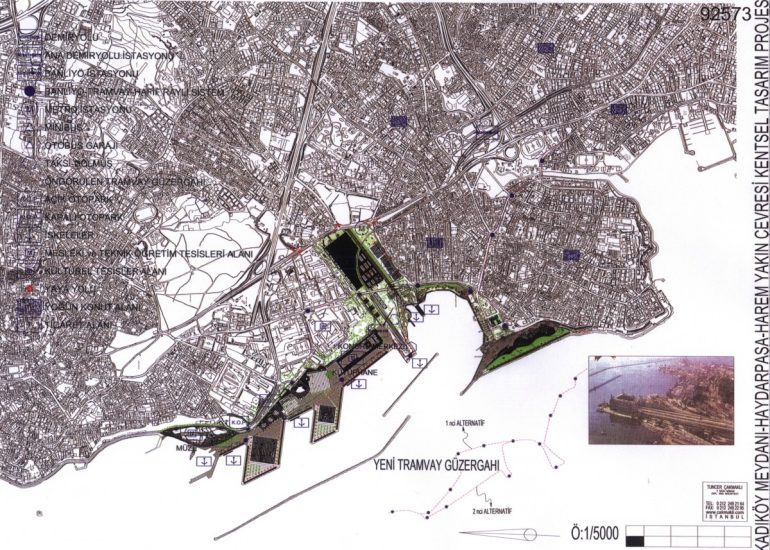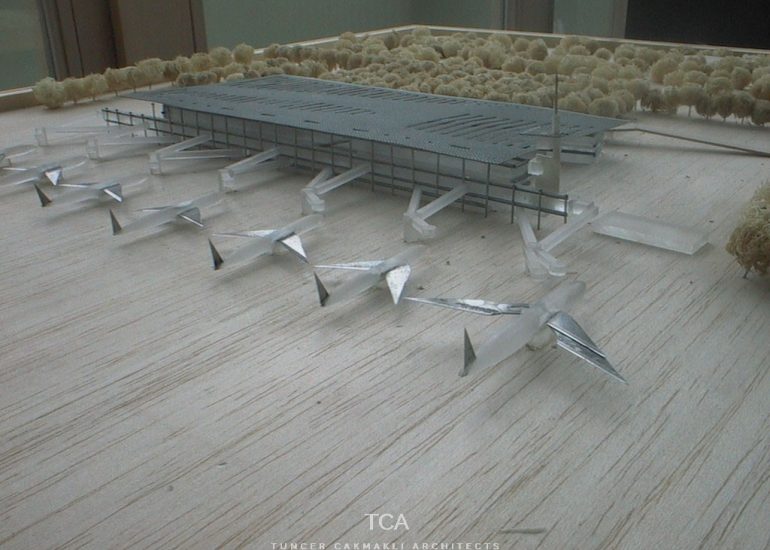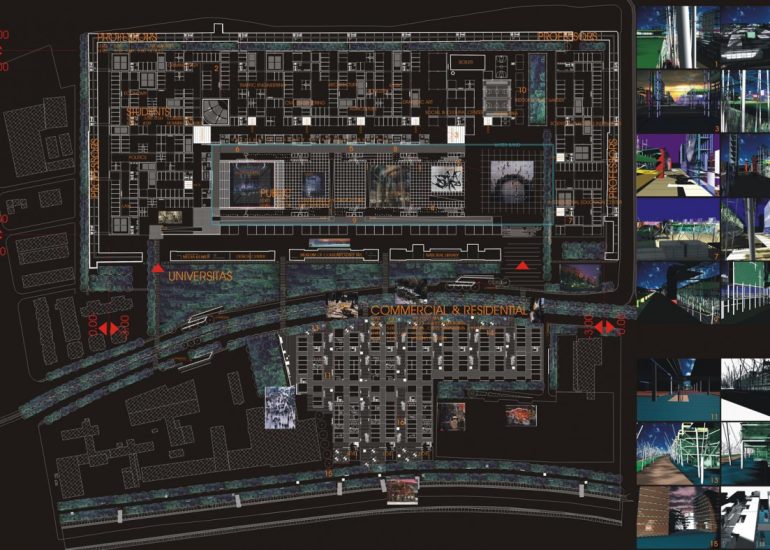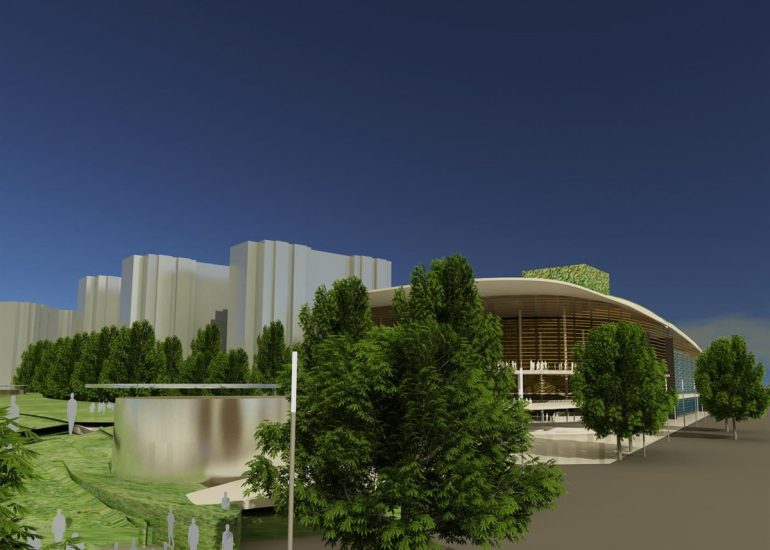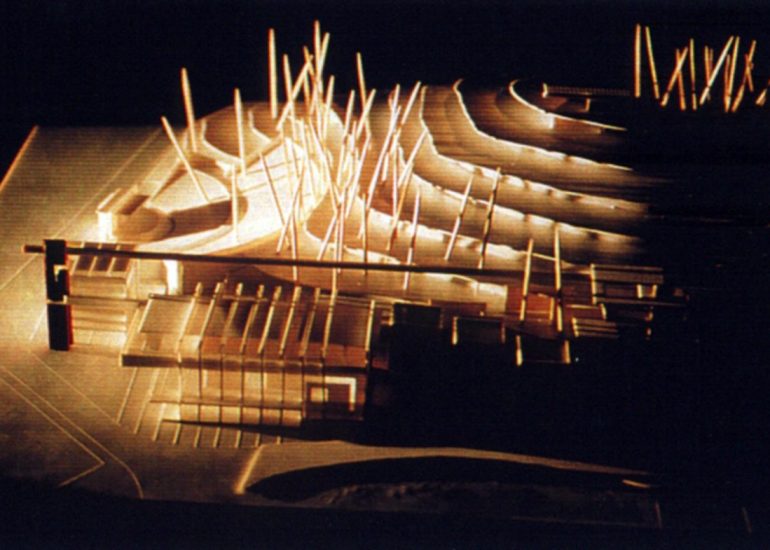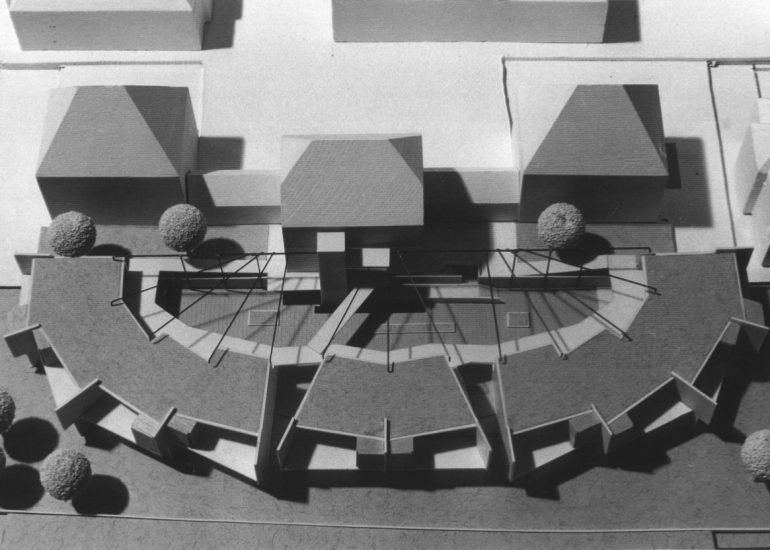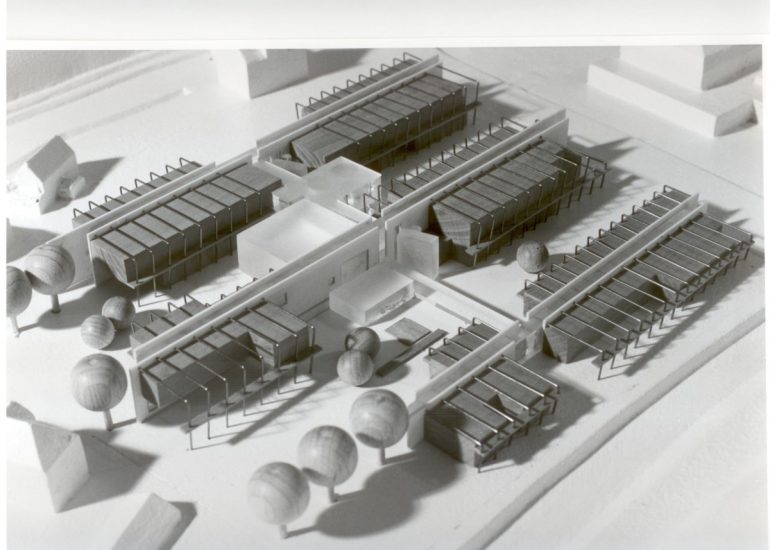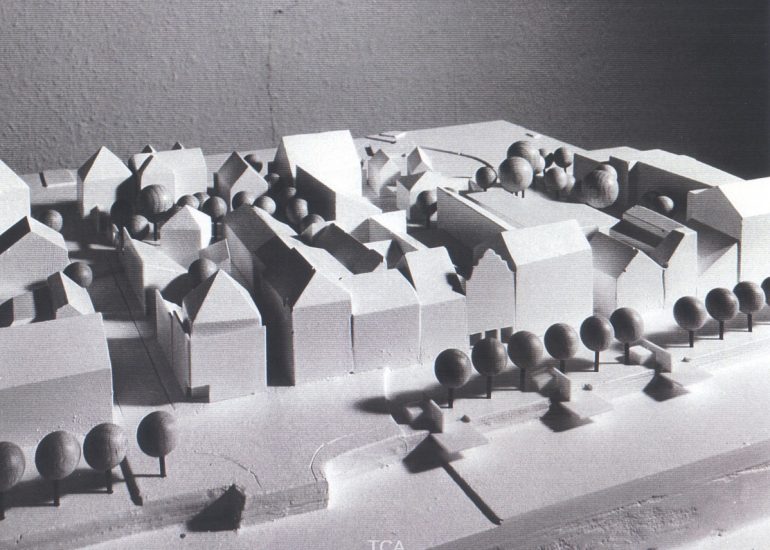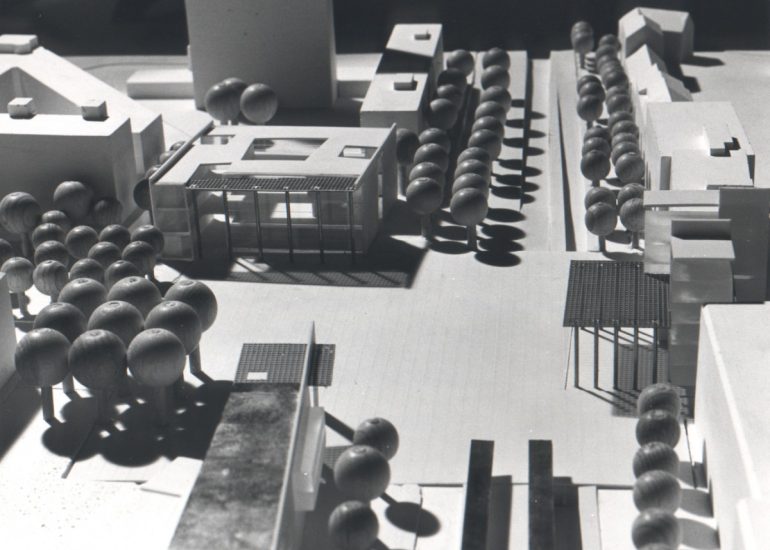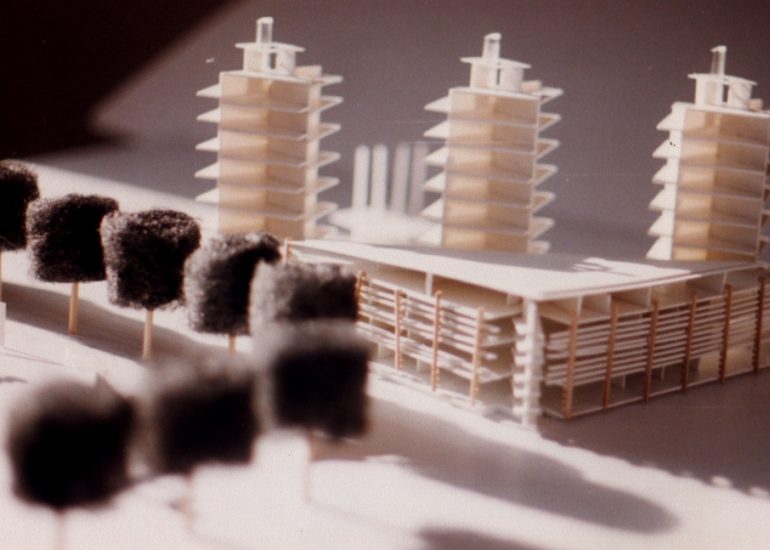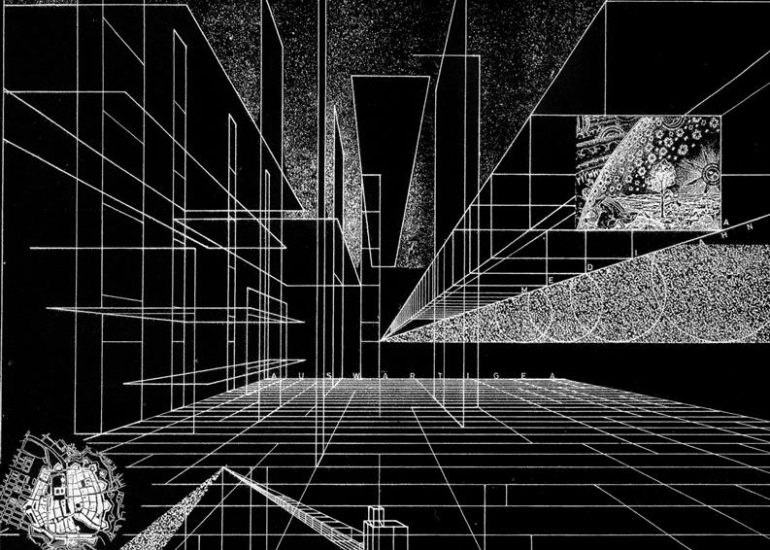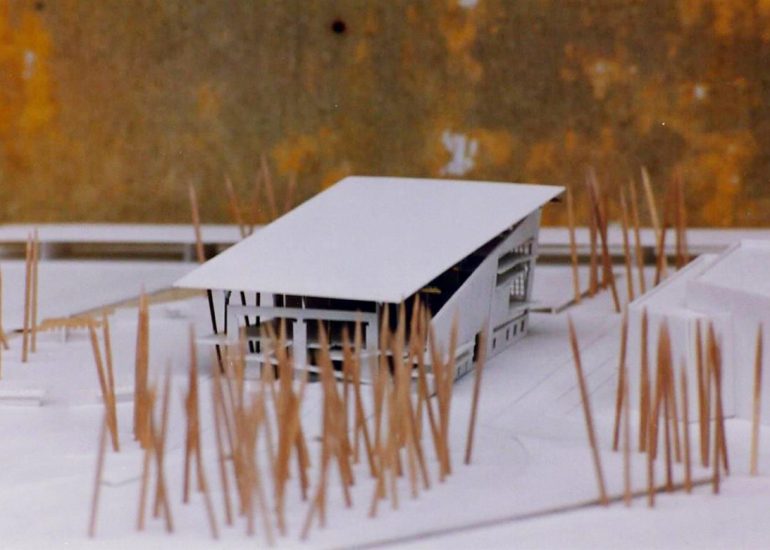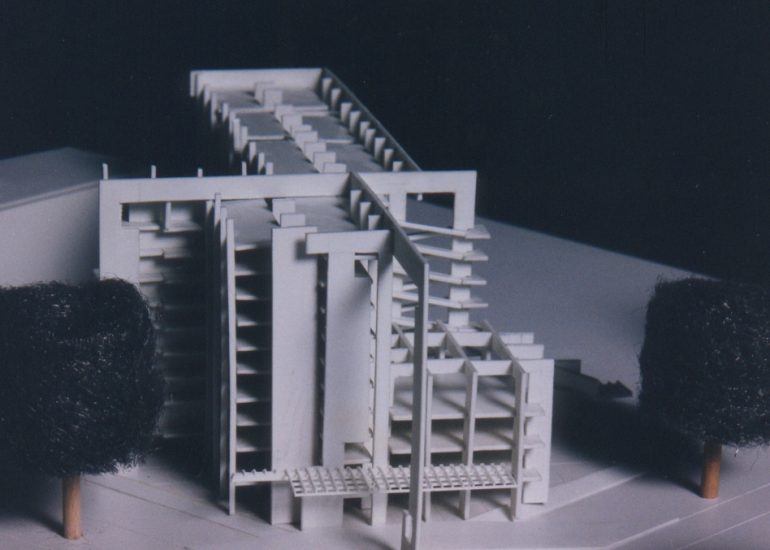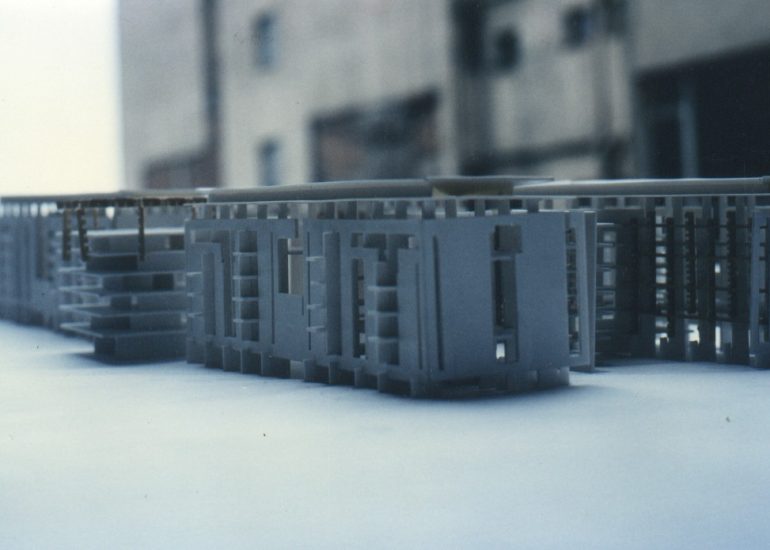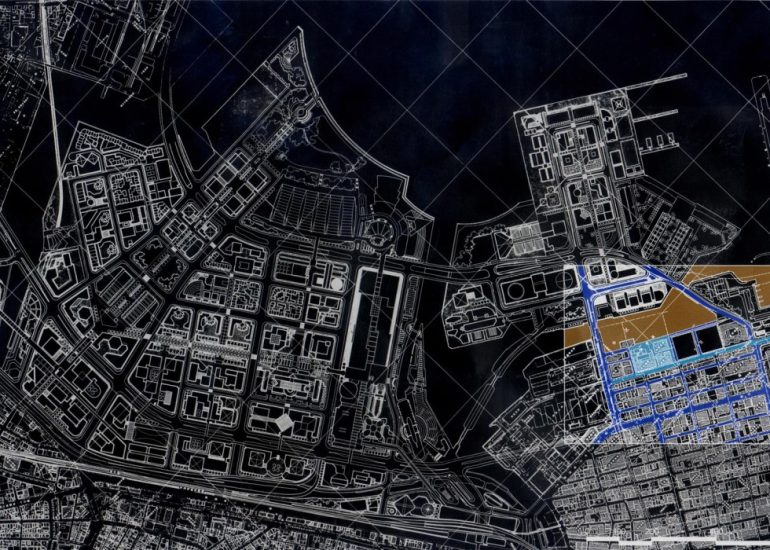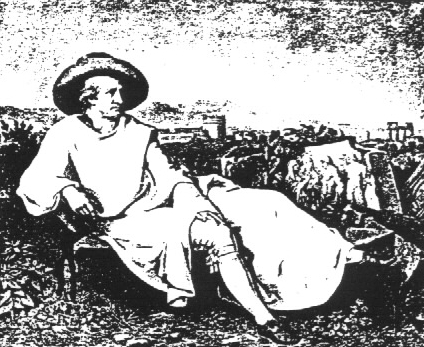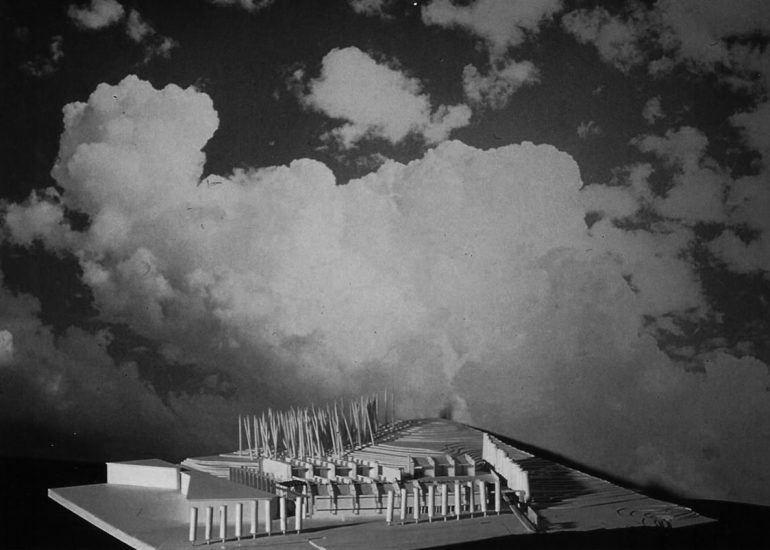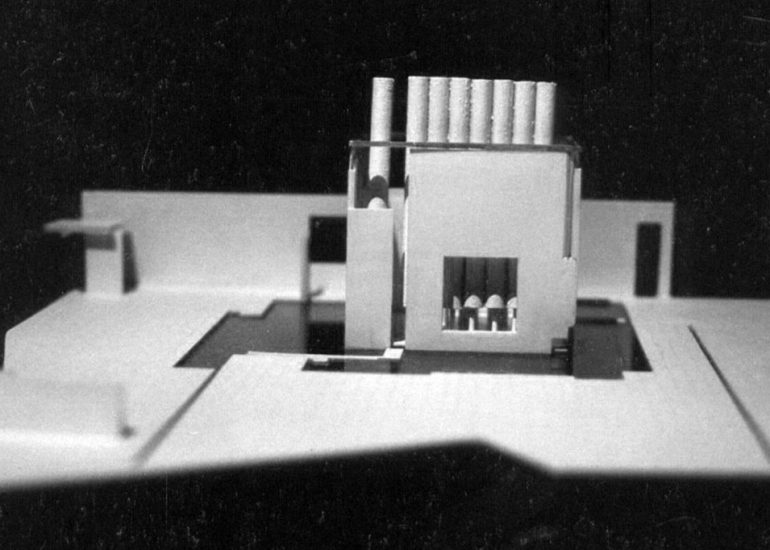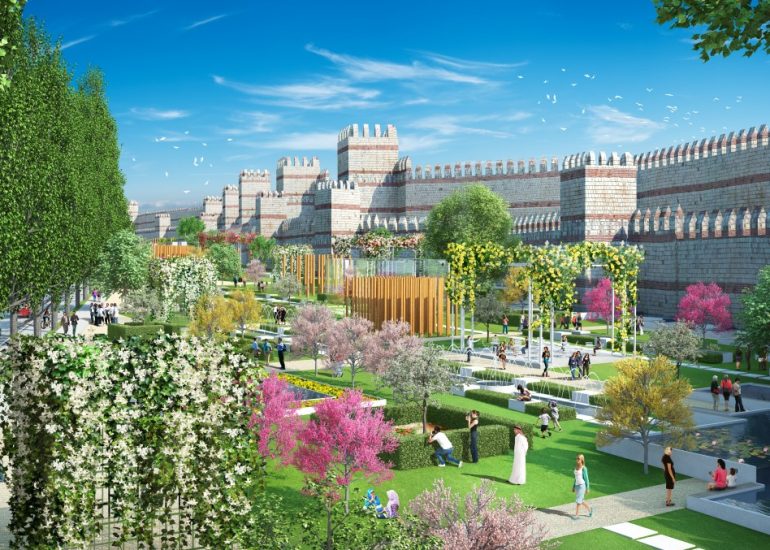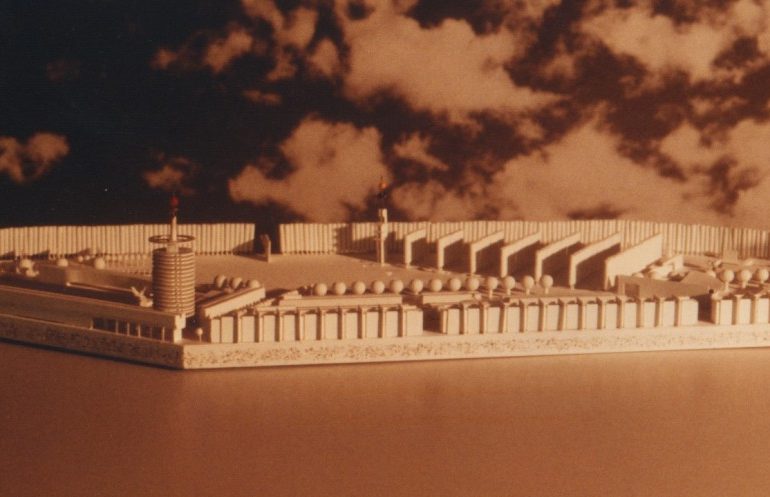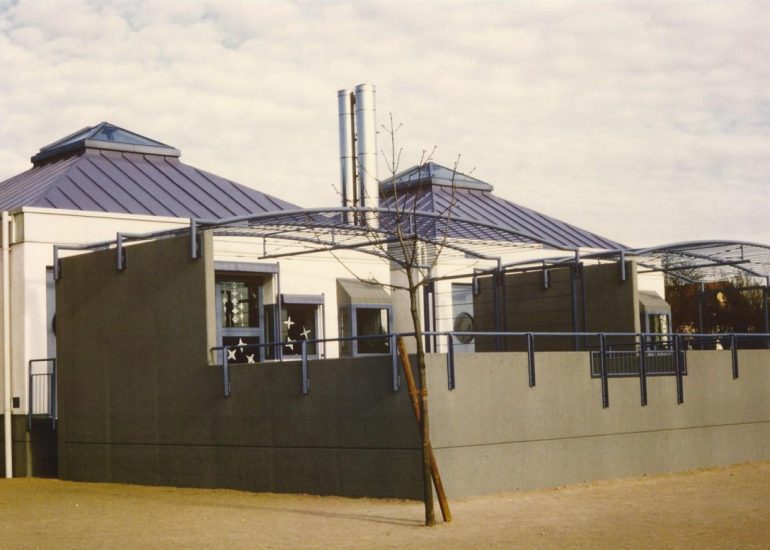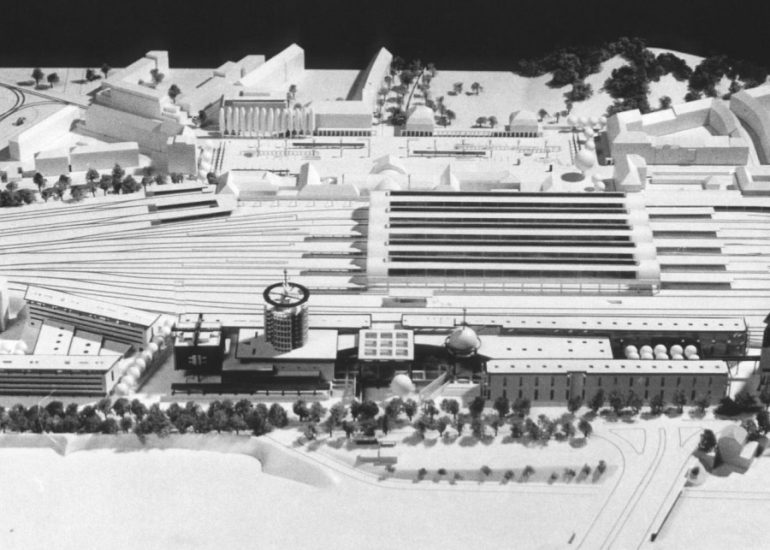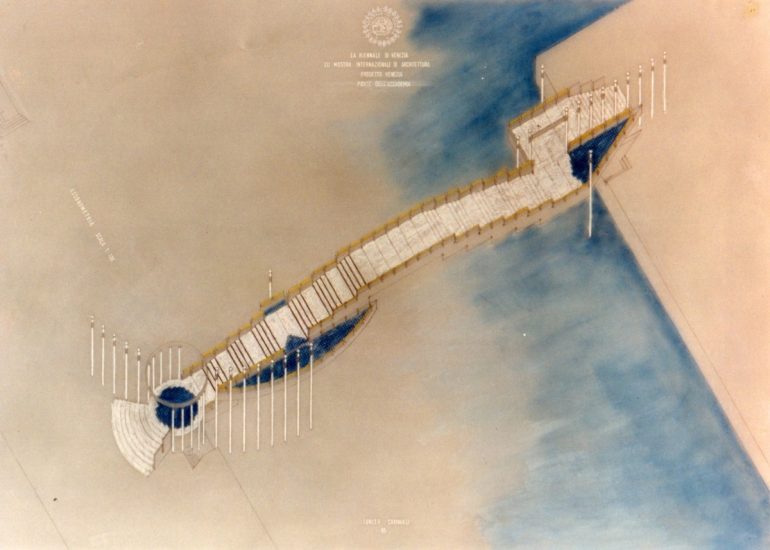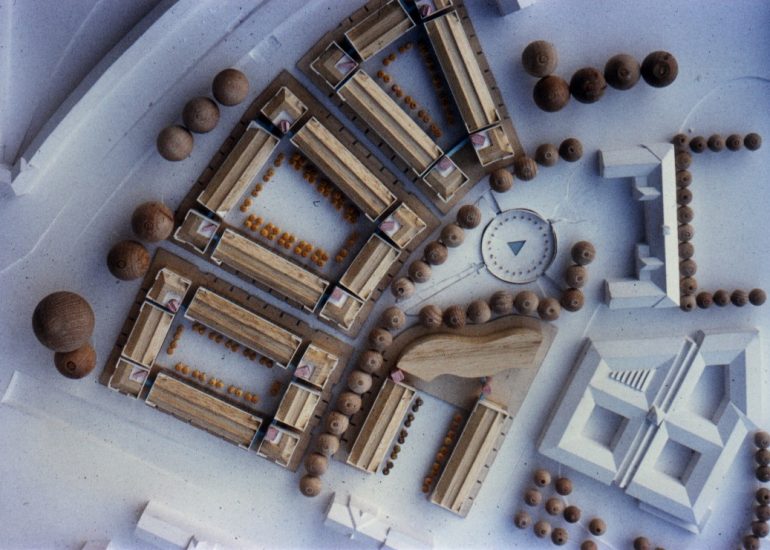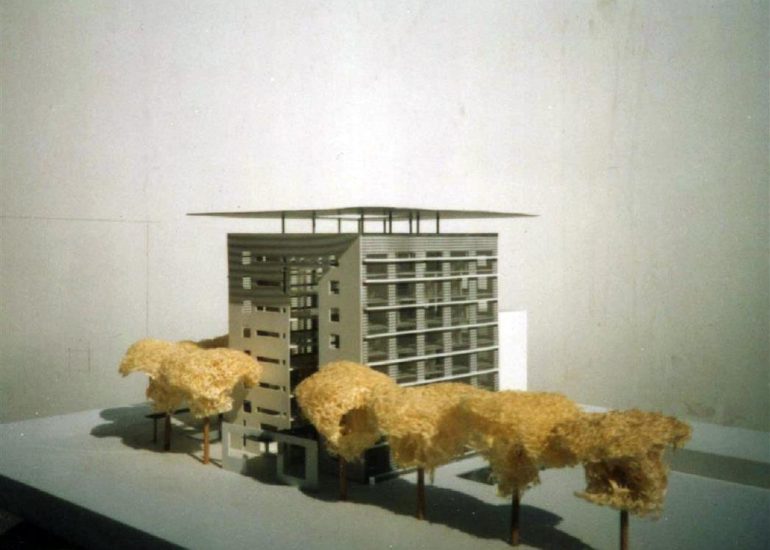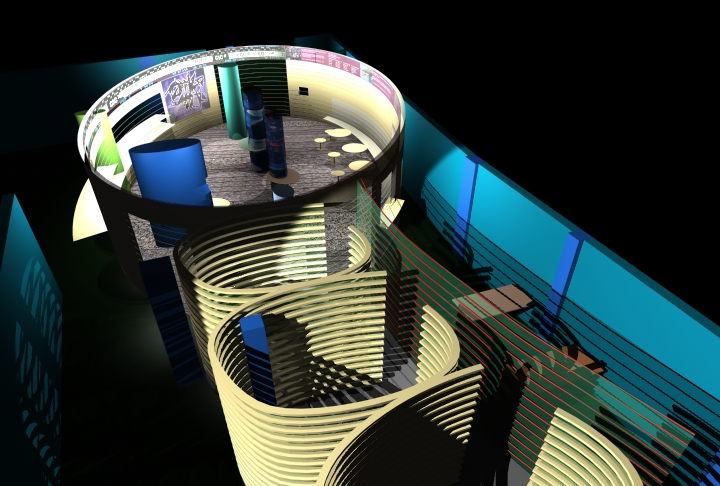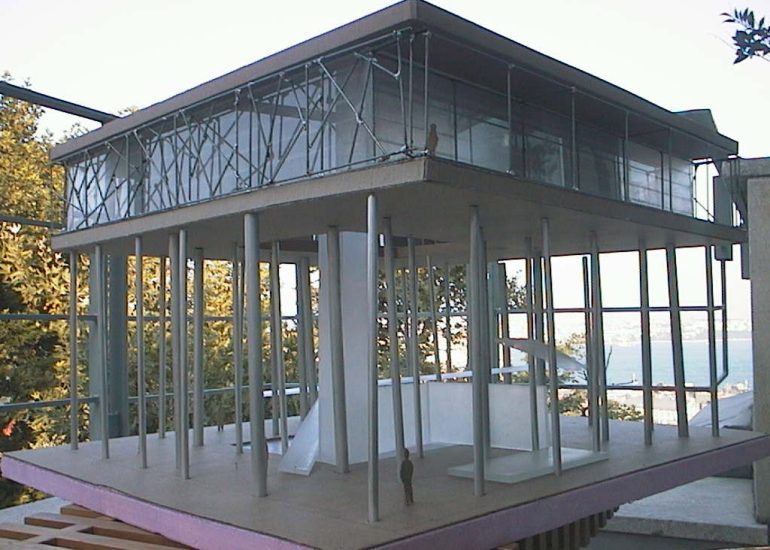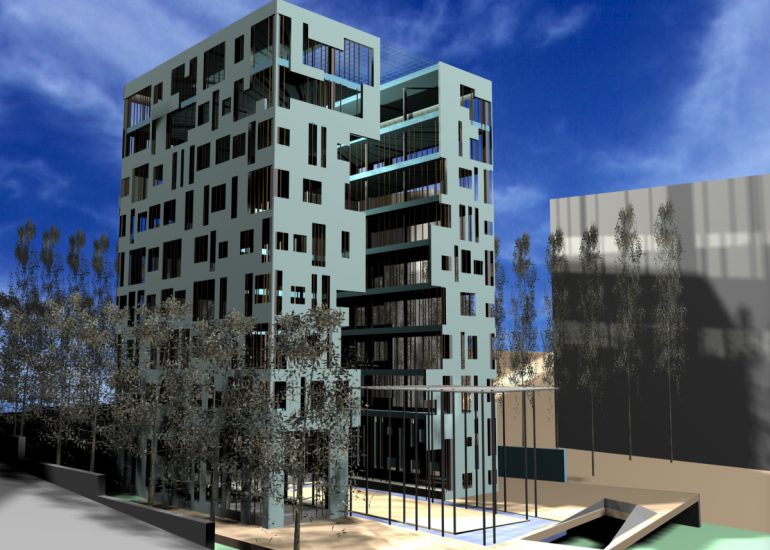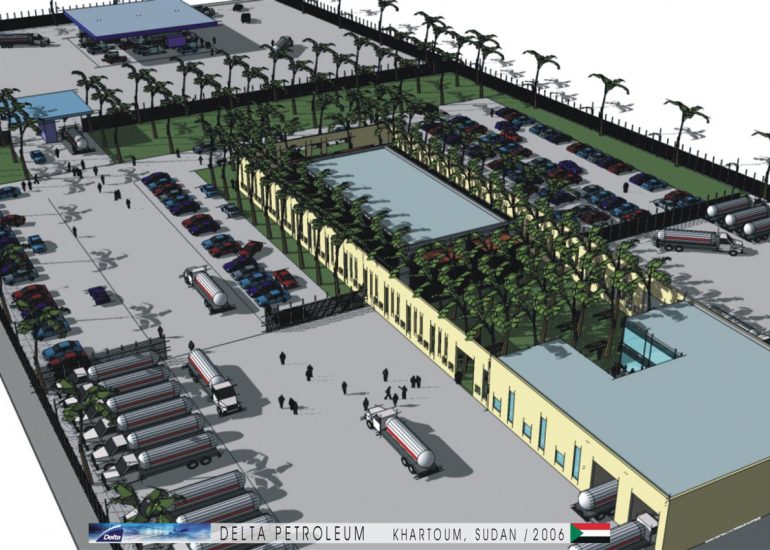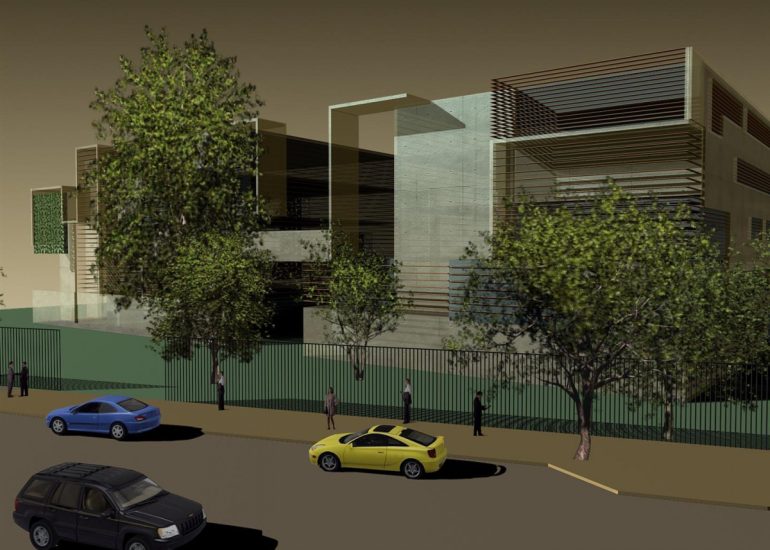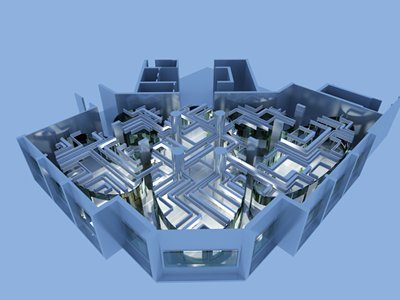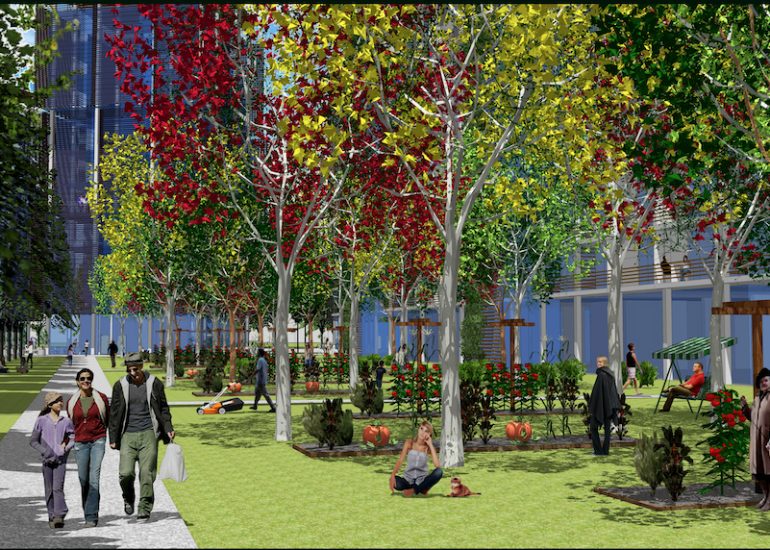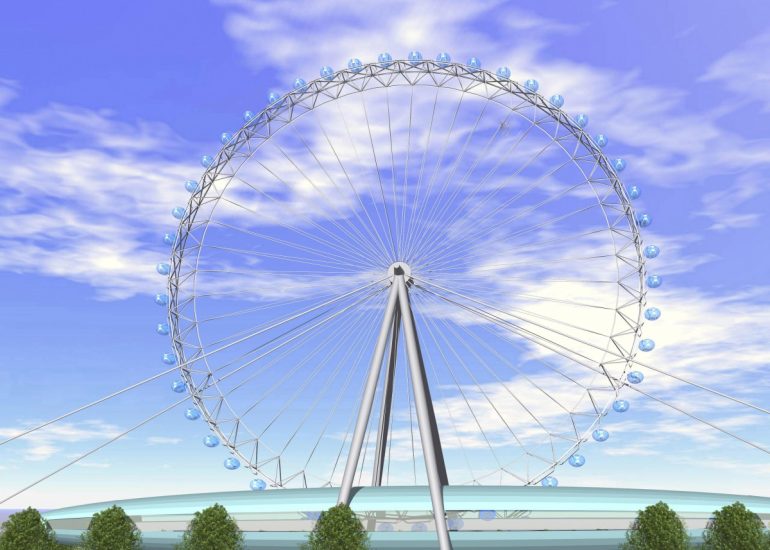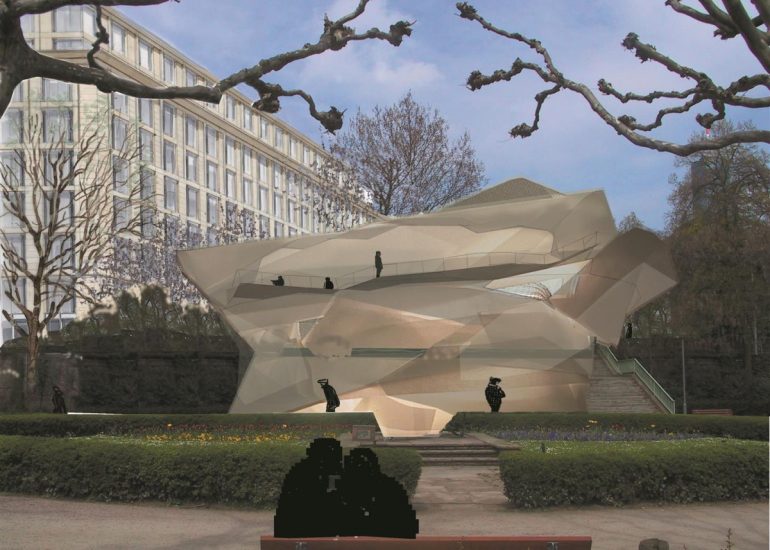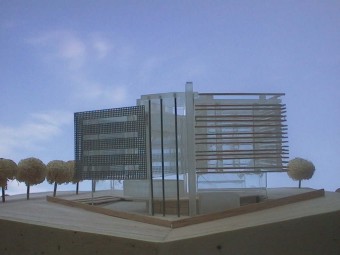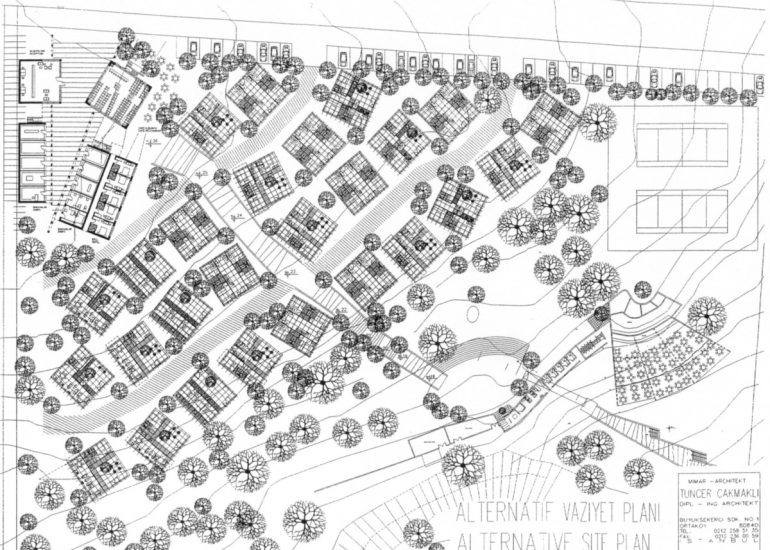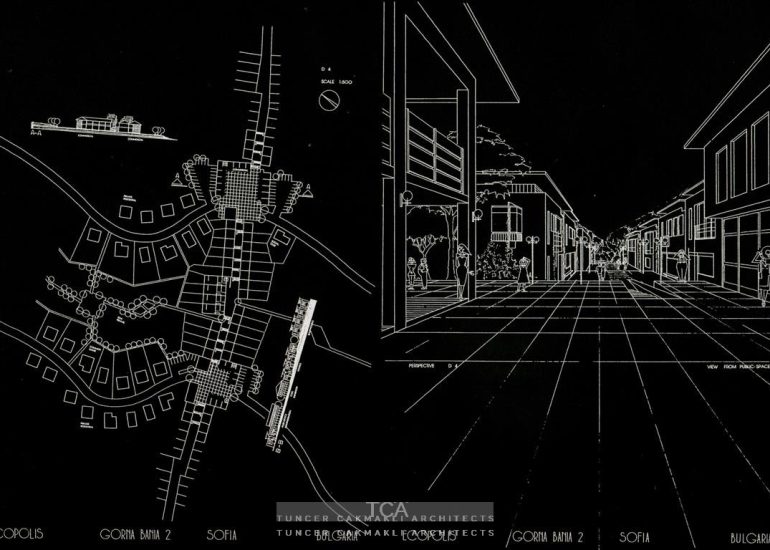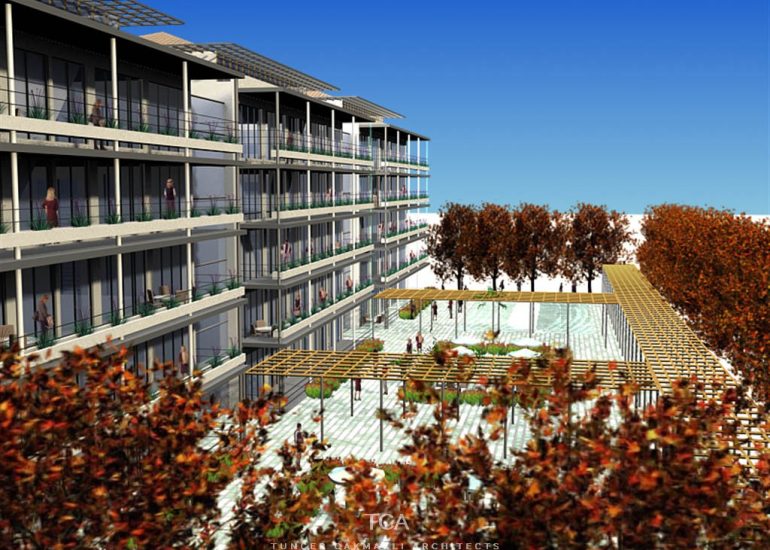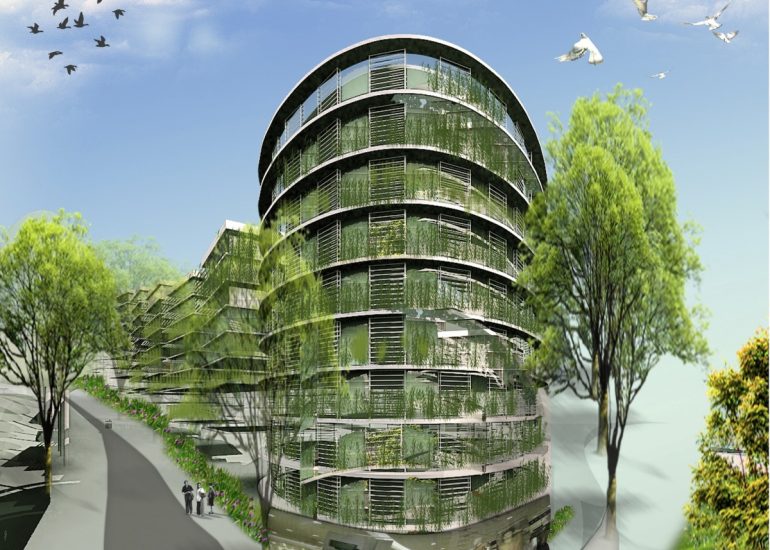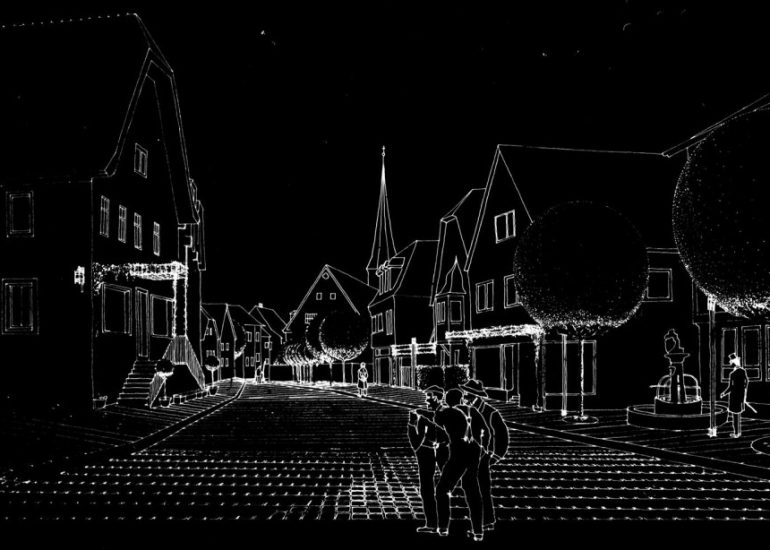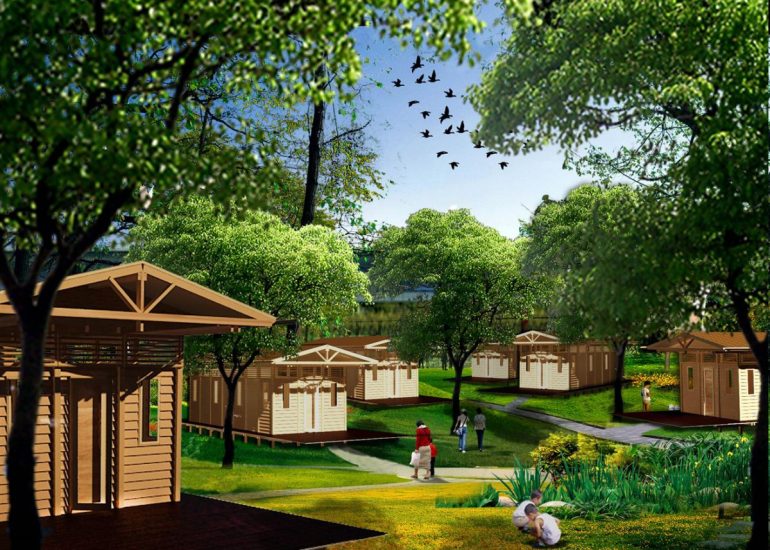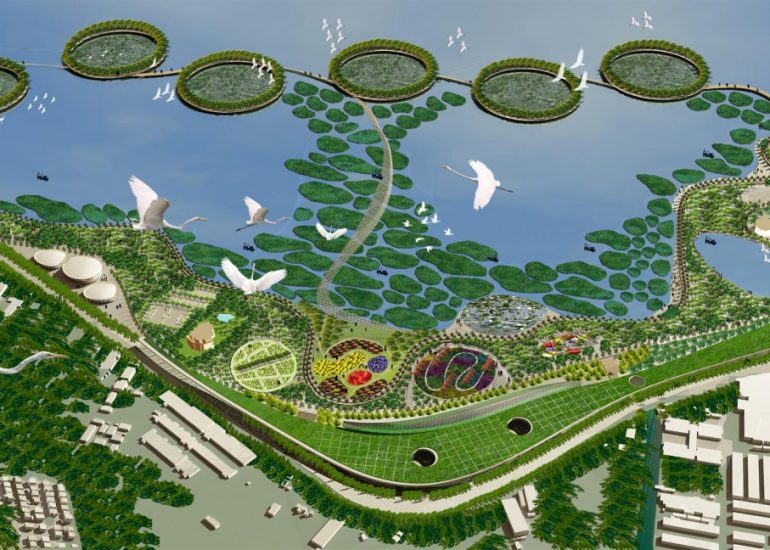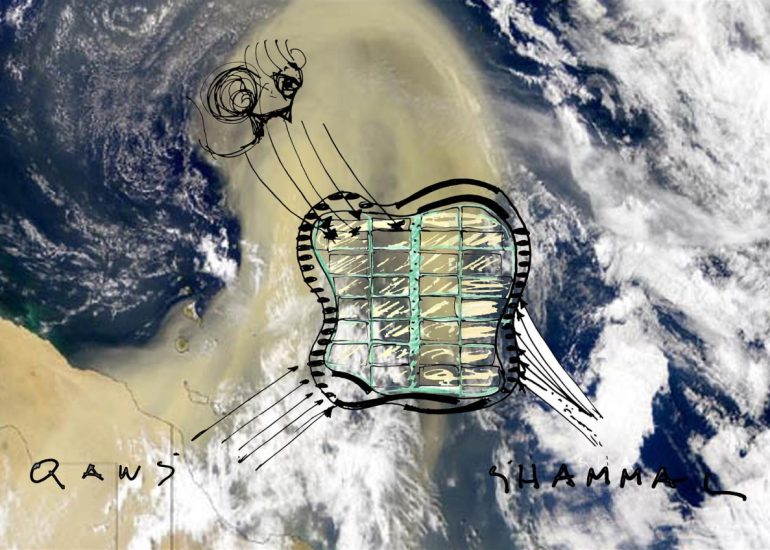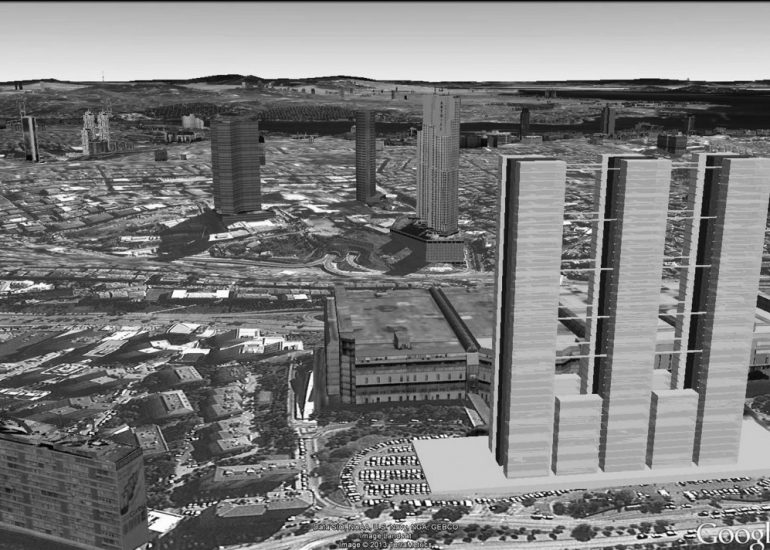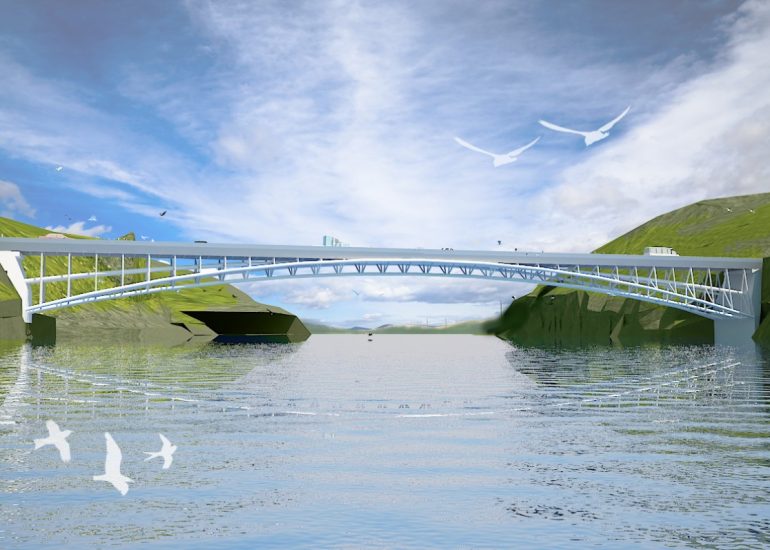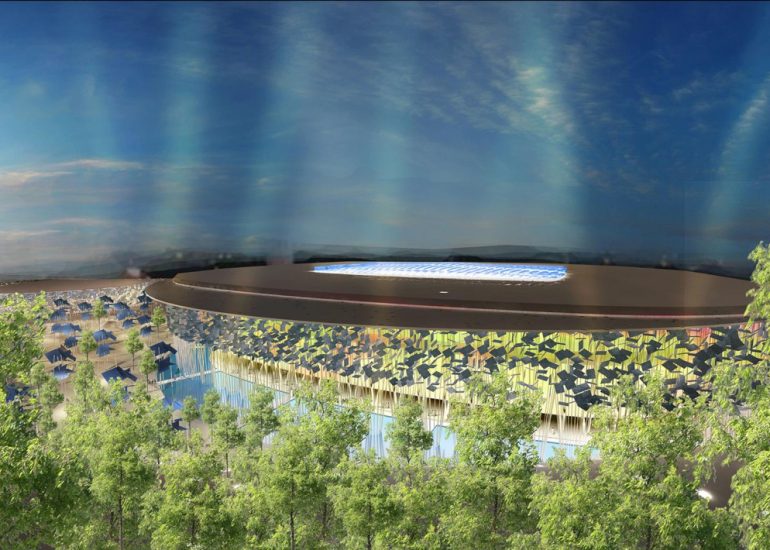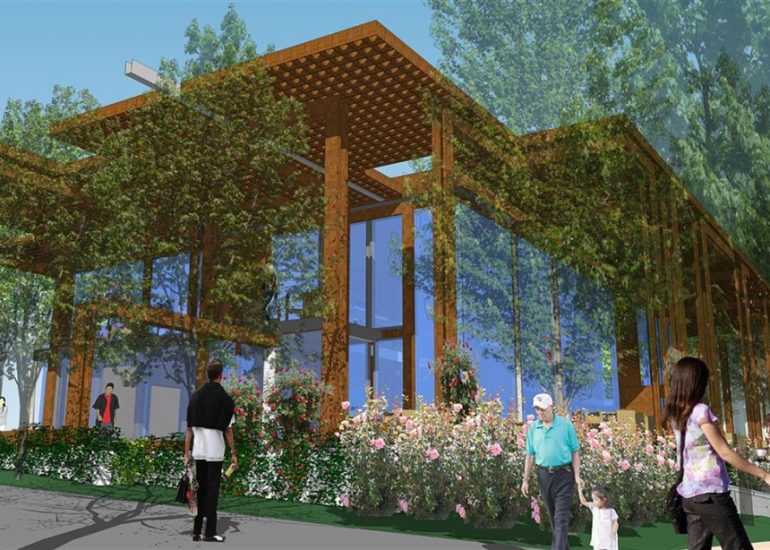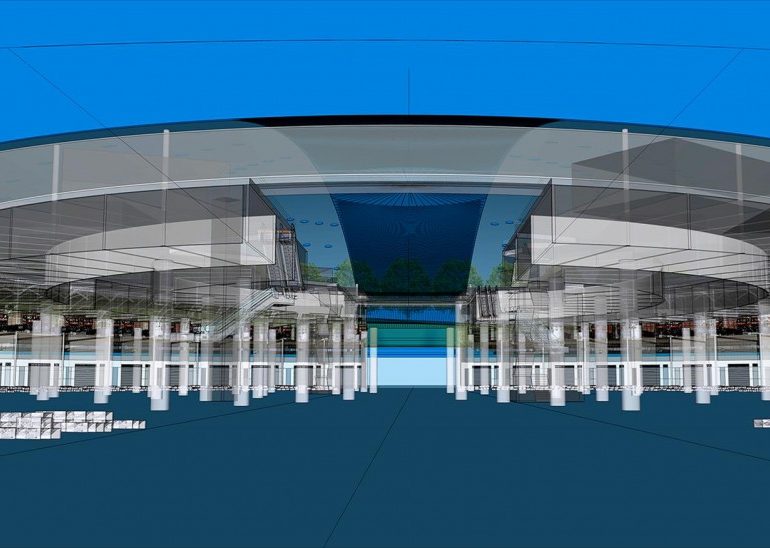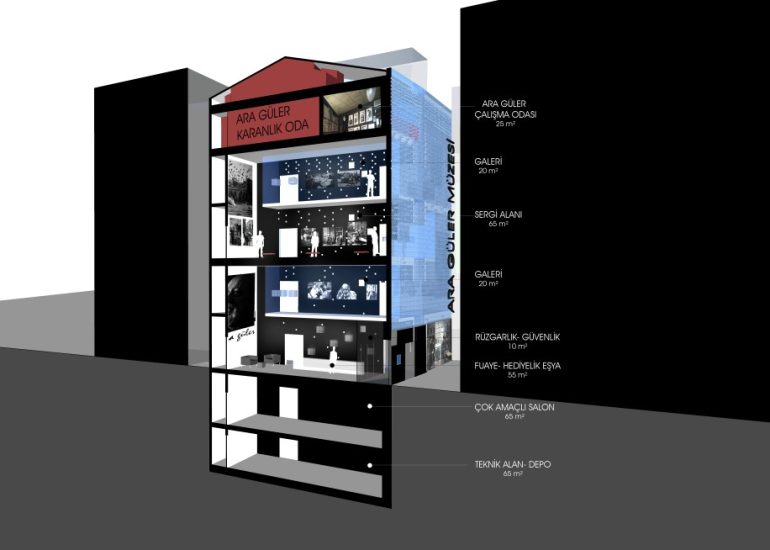TCA Architectural Office, Galata
The restoration of the building to serve as architectural office and art gallery designed by Italian architects in Galata, Istanbul.
Area
385 m²
Year
2007
In a 55-sqm ground plan, a hundred-year-old building now serves as an office building where the architect presents his designs with his collaborators after a long-term stay in germany.
This brickwork building with multi-vaulted ceilings had to be thoroughly renovated and restored. The only timber elements in relatively good condition which could be reused were the timber staircase to the upper floor and the internal doors. All remaining timber elements had to be designed, built, or reproduced by the architects.
Budget: 100.000 €
Location: Istanbul, Turkey


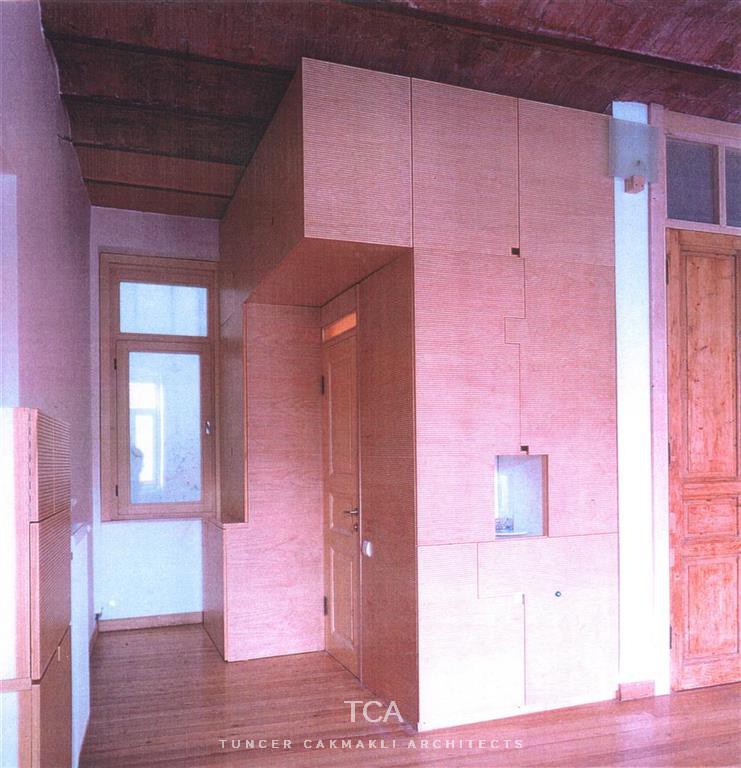

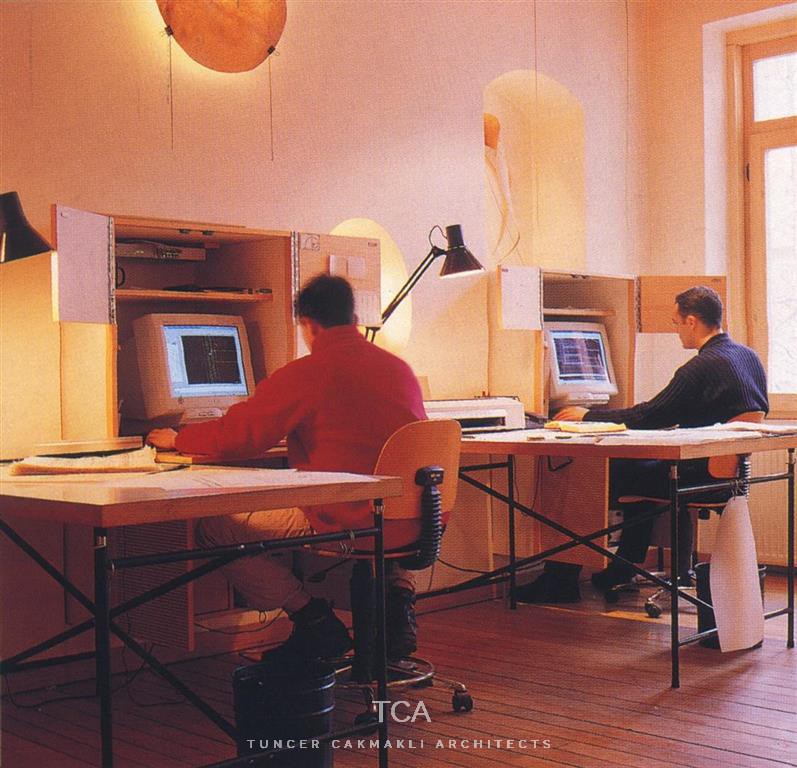

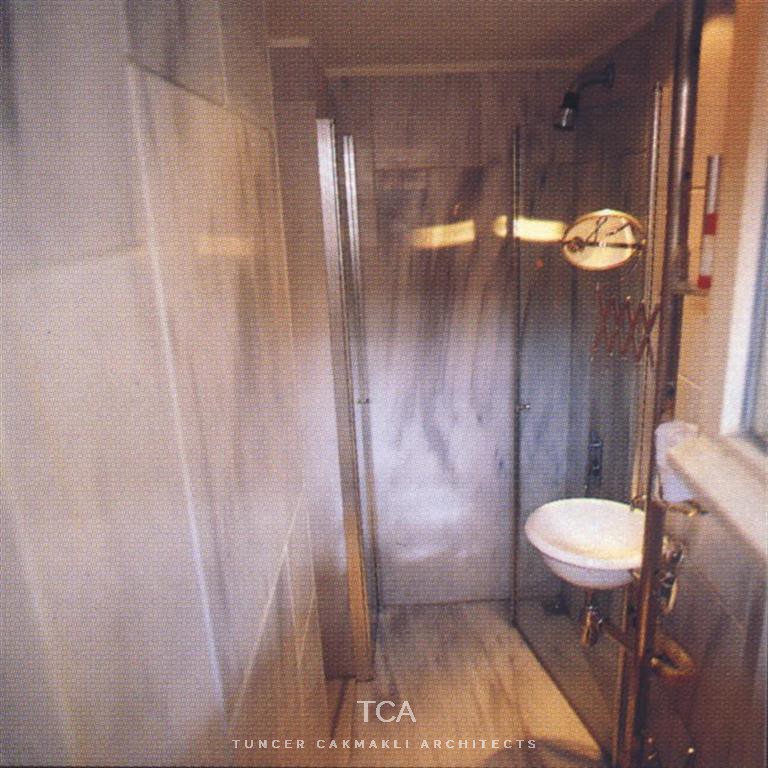
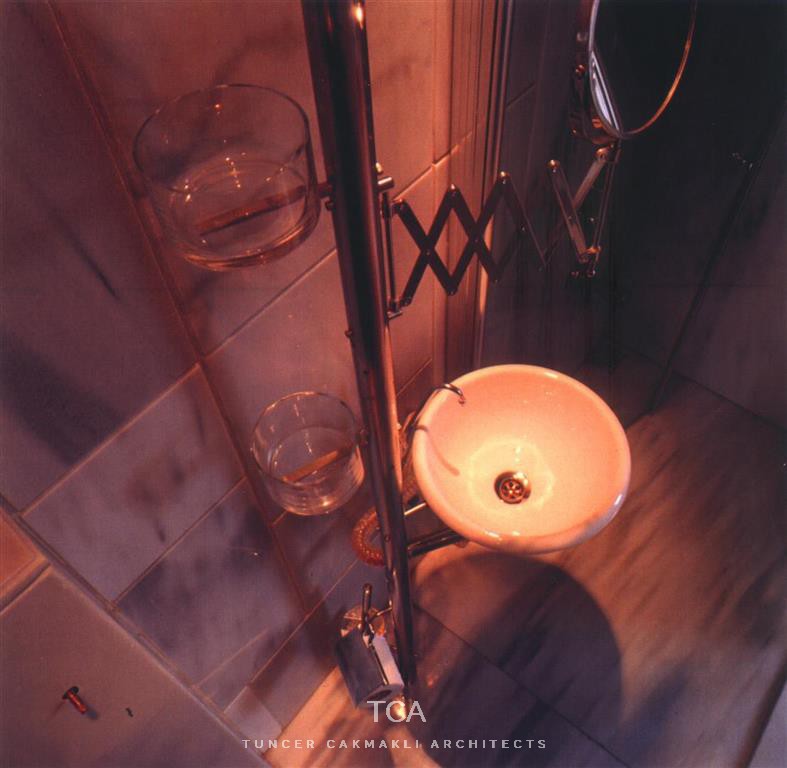


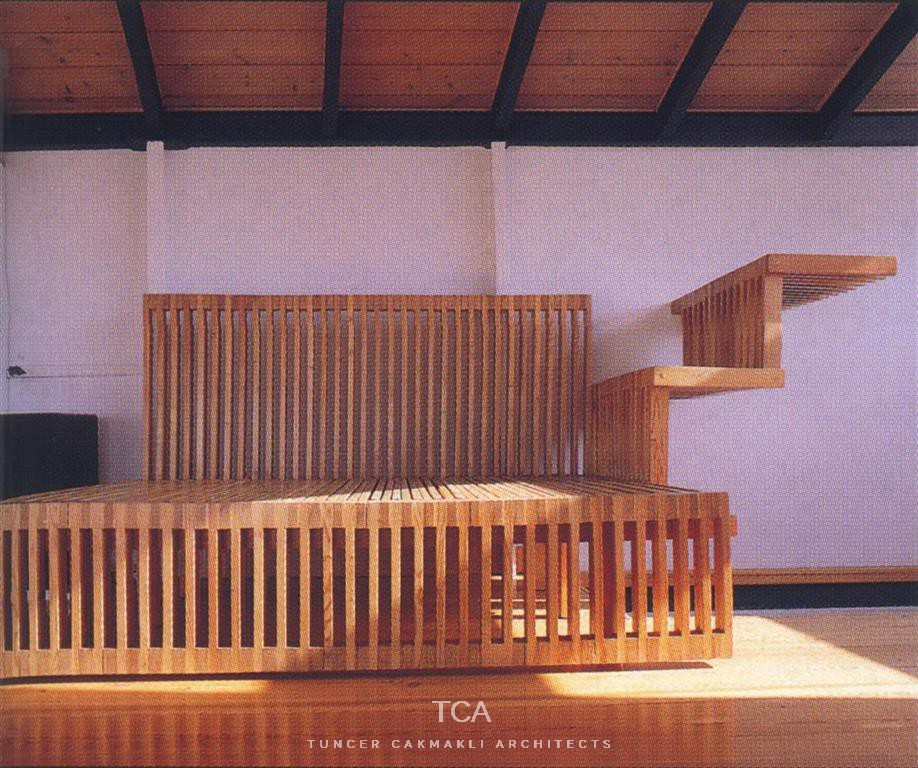
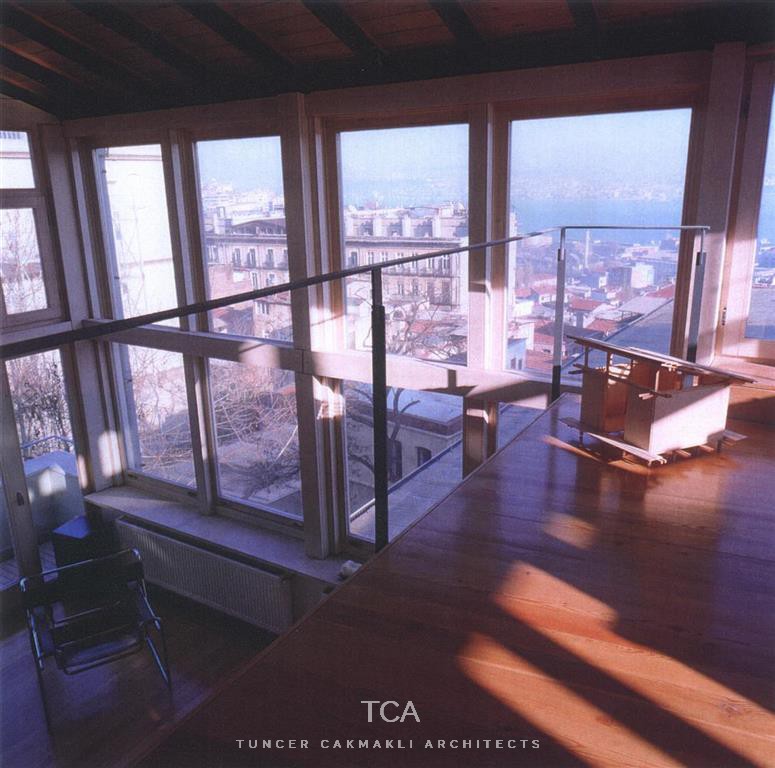
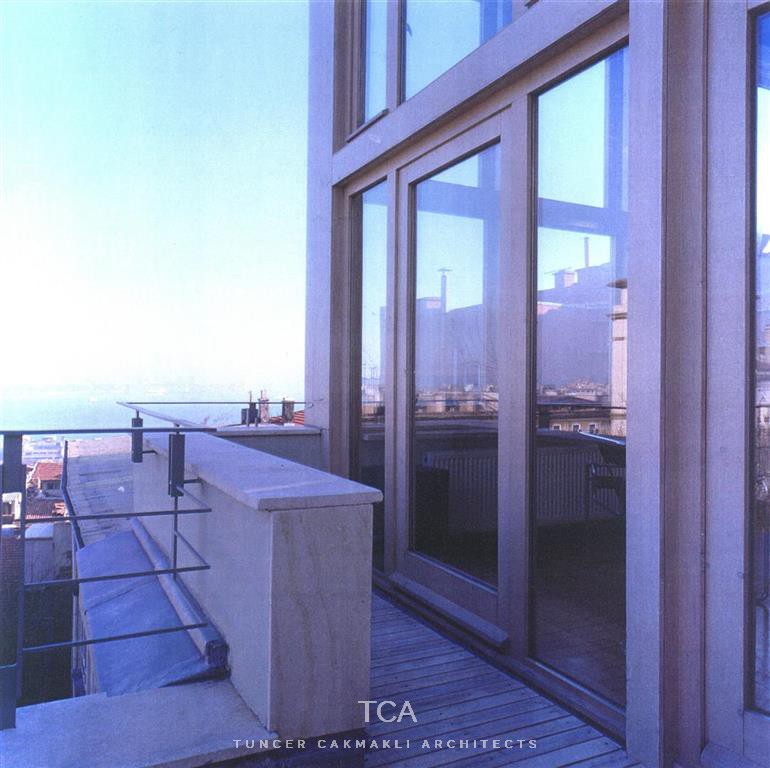
“Relationship” – The Staircase as a Palimpsest of Movement
There is hardly an invention in human cultural history that is more banal yet more metaphysical than the staircase. The ascent, the descent, the movement between levels, the overcoming of gravity through the mere geometry of steps — all this is as old as the human need to assert itself in the vertical. In the office of TCA, hidden within a historic building in the winding old town of Galata, Istanbul, this story comes alive in a new form: as “Relationship.”
One might be tempted to read the word “Relationship” too sentimentally. Yet what is a staircase if not a relationship? A relationship between above and below, between the first step and the last, between the body that walks it and the space it cuts through. In this case, the staircase is more than just a functional construction. It is a palimpsest: a place where the past, present, and future are interwoven.
The architects accepted the narrow space like a stubborn text that must be interpreted. Instead of forcing it open, they folded it, entwined it, coiled it into a sculptural gesture. And as Umberto Eco liked to emphasize: every sign refers to other signs. In this way, each wooden slat refers to another, each connection to a before and after, each structural element to the countless hands and techniques that brought it into being.
What is particularly remarkable is the material: the remnants of old wooden floors — in a sense, the archive of the building — were not discarded but brought back into circulation. In an age when the word “recycling” is mostly reduced to a moral obligation, here the discarded becomes a new web of meaning. The traditional techniques of woodworking — without nails, without screws, joined solely through precise interlocking — recall the craftsmanship of medieval carpenters, who entrusted the stability of their works to geometry rather than metal.
Thus, from these fragments grows a structure that is more than merely statically functional: it becomes a walkable narrative. The staircase bears what it tells. It bears the memory of the felled tree, the plank in the floor, the first step of a resident centuries ago. And it bears the body that walks it today — each time forming a new, individual relationship with this wooden weave.
Perhaps, as Eco might say, the true task of a staircase is not merely to connect two heights, but to remind us that every height is a relation — never an absolute. A space only comes alive through what lies between.
And so, “Relationship” rises from the darkness of the ground floor to the brightness of the upper level like a band linking the familiar and the past with the step into the new. A walk upon these steps is more than mere movement: it is a quiet dialogue with the material, the space, and time — and, in the end, perhaps, with ourselves.
————————————————————————————————————————————
“İlişki” – Hareketin Bir Palimpsesti Olarak Merdiven
İnsan kültür tarihinde merdivenden daha sıradan ama aynı zamanda daha metafizik bir icat pek yoktur. Yükseliş, iniş, katlar arasında hareket, yalnızca basamakların geometrisiyle yerçekimine meydan okumak — bunların hepsi insanın düşeyde var olma ihtiyacı kadar eskidir. İstanbul Galata’nın dar sokaklarında, tarihi bir binada yer alan TCA ofisinde bu hikâye yepyeni bir biçimde hayat buluyor: “İlişki.”
“İlişki” kelimesini fazlaca duygusal okumaya meyilli olabilirsiniz. Ama bir merdiven nedir ki aslında, bir ilişkiden başka? Yukarı ile aşağı arasında, ilk adım ile son adım arasında, merdiveni kullanan beden ile merdivenin kestiği mekân arasında bir ilişkidir. Bu durumda merdiven, salt işlevsel bir yapıdan fazlasıdır. O, bir palimpsesttir: Geçmişin, şimdinin ve geleceğin iç içe geçtiği bir katmanlar mekânı.
Mimarlar dar alanı, yoruma açık inatçı bir metin gibi kabul etmişler. Onu zorla açmak yerine katlamış, dolamış, mekânda heykelsi bir jest haline getirmişler. Umberto Eco’nun sıkça vurguladığı gibi: Her işaret başka işaretlere gönderme yapar. Böylece her ahşap çıta bir diğerine, her birleşim bir önceye ve sonraya, her taşıyıcı unsur onu var eden sayısız el ve tekniklere işaret eder.
Burada özellikle dikkat çekici olan ise malzemenin kendisidir: Eski ahşap zeminlerin kalıntıları — binanın adeta arşivi — atılmak yerine yeniden devreye sokulmuştur. “Geri dönüşüm” kelimesinin çoğu zaman sadece ahlaki bir zorunluluğa indirgendiği bir çağda, burada terk edilmiş olan anlam yüklü yeni bir ağa dönüştürülüyor. Çivisiz, vidasız, yalnızca hassas geçme teknikleriyle birleştirilen geleneksel ahşap işçiliği, ortaçağ marangozlarının eserlerinin sağlamlığını metale değil geometriye emanet eden ustalığını hatırlatıyor.
Böylece bu parçalar arasından yalnızca statik olarak işlevsel olmayan, aynı zamanda yürünebilir bir anlatıya dönüşen bir yapı yükseliyor. Merdiven, anlattığını taşır. Kesilen ağacın, döşeme tahtasının, yüzyıllar önce bir sakinin ilk adımının hafızasını taşır. Ve bugün onu kullanan bedeni taşır — her seferinde bu ahşap örgüyle yeni, kişisel bir ilişki kurarak.
Bir merdivenin asıl görevi yalnızca iki yüksekliği birbirine bağlamak değil, her yüksekliğin aslında bir ilişki olduğunu hatırlatmaktır — hiçbir zaman mutlak değildir. Bir mekân, ancak aradakiyle can bulur.
İşte böylece “İlişki” zemin katın karanlığından üst katın aydınlığına, tanıdık olanla geçmişi yeninin eşiğine bağlayan bir şerit gibi yükselir. Bu basamaklarda yürümek, salt bir hareketten ibaret değildir: Malzeme, mekân ve zamanla sessiz bir diyalogdur — ve belki de en sonunda, kendimizle.

